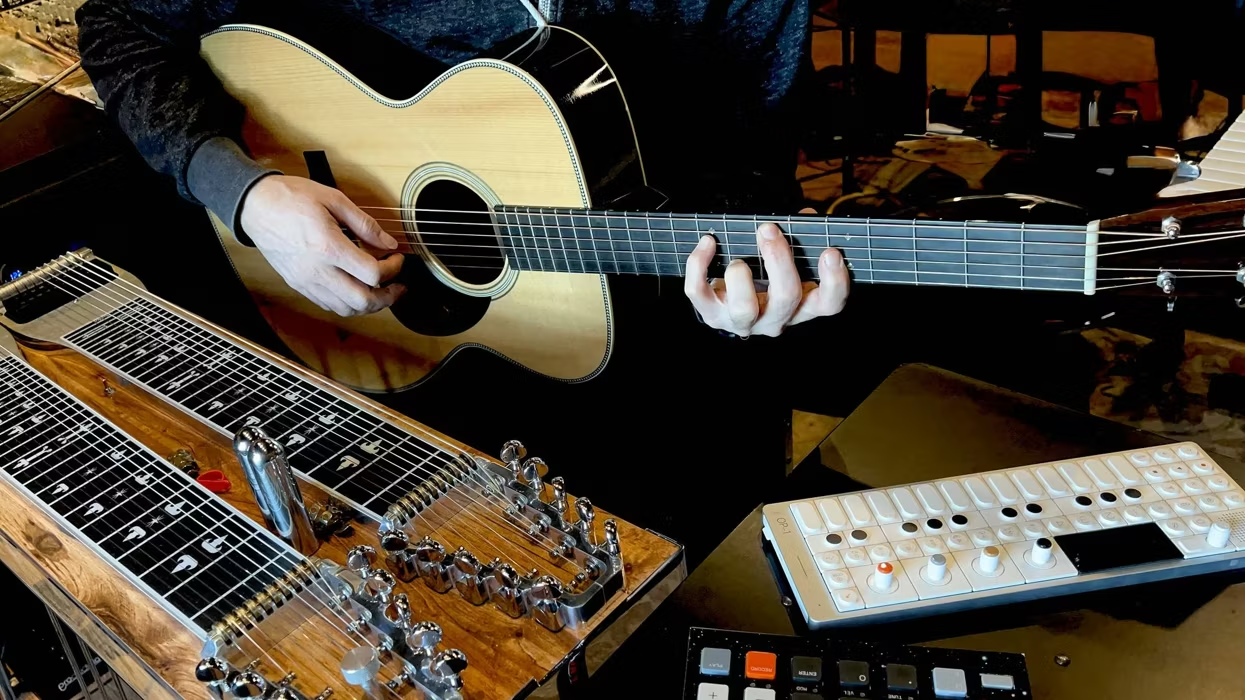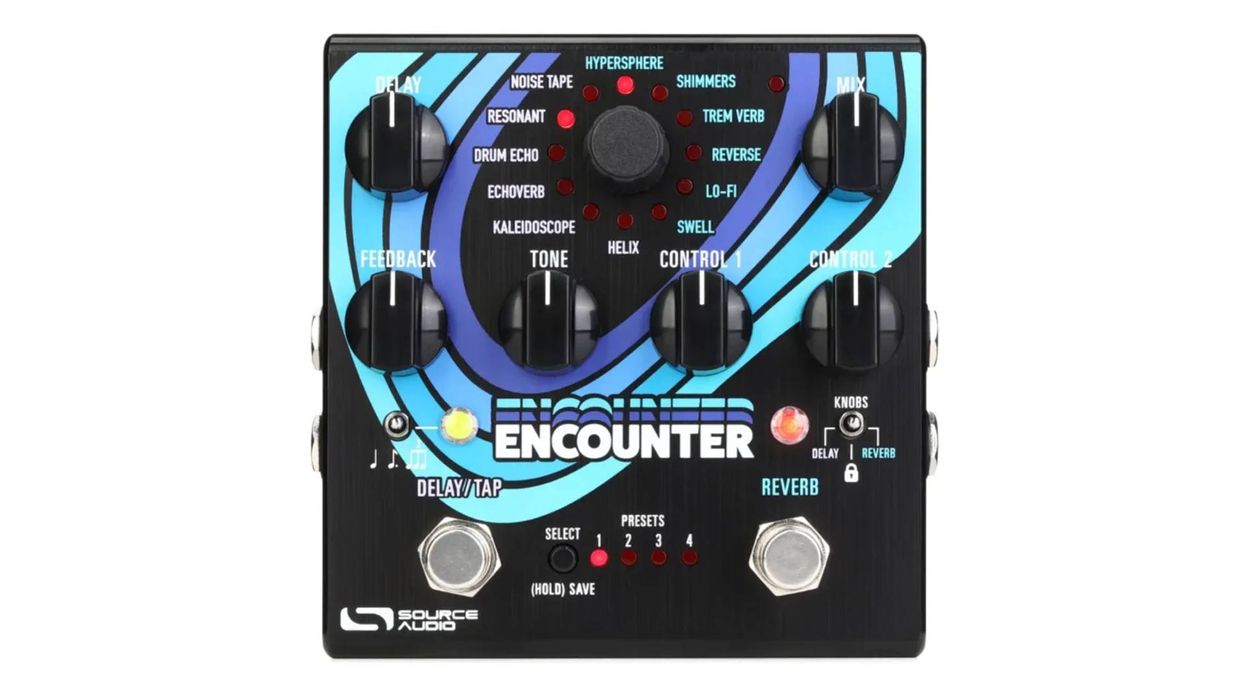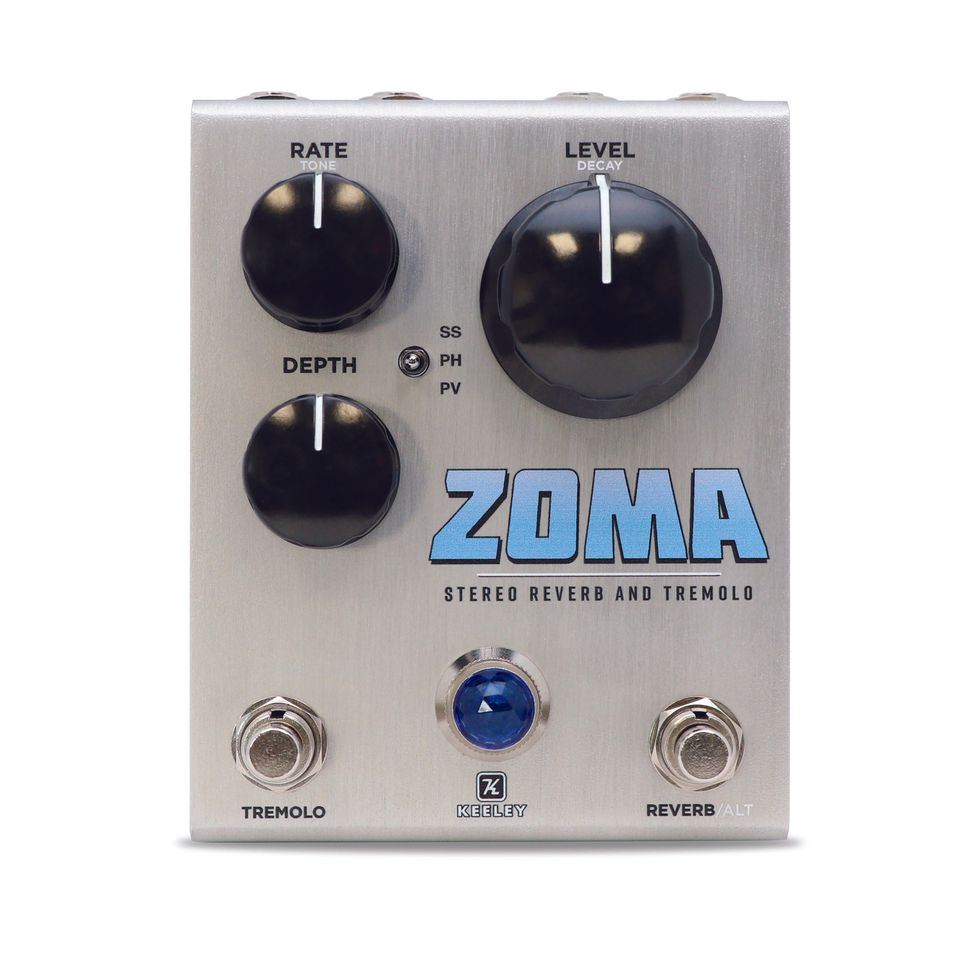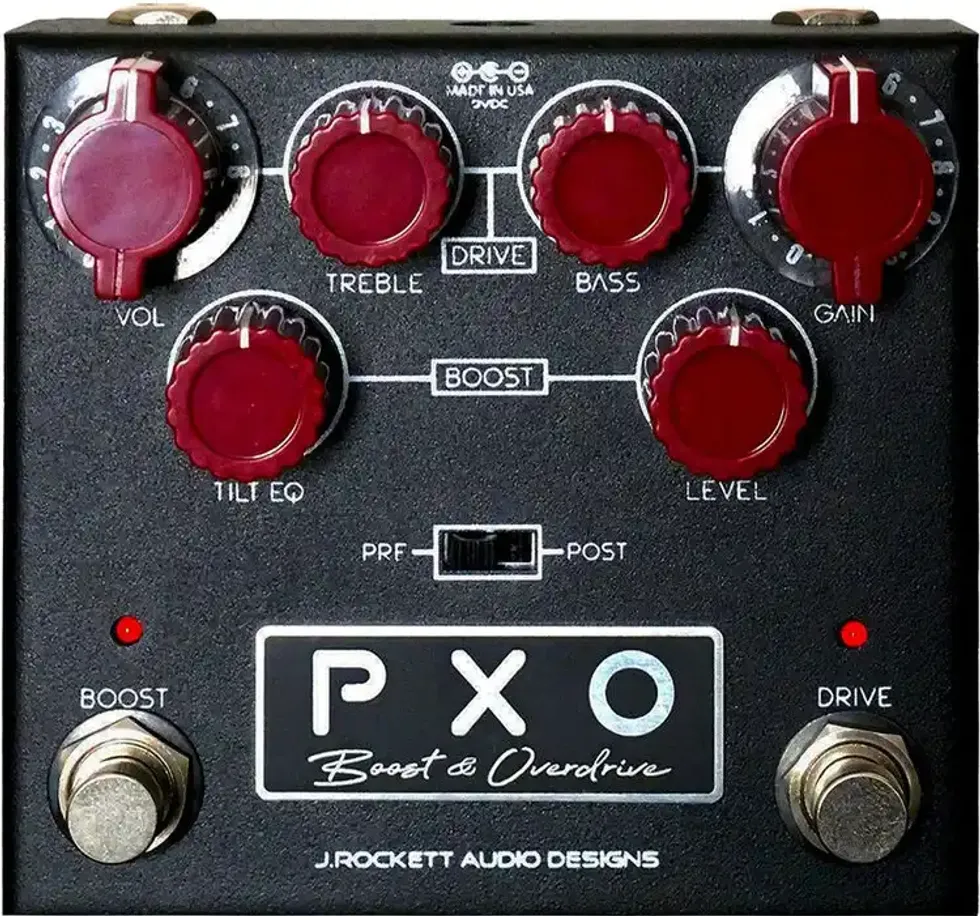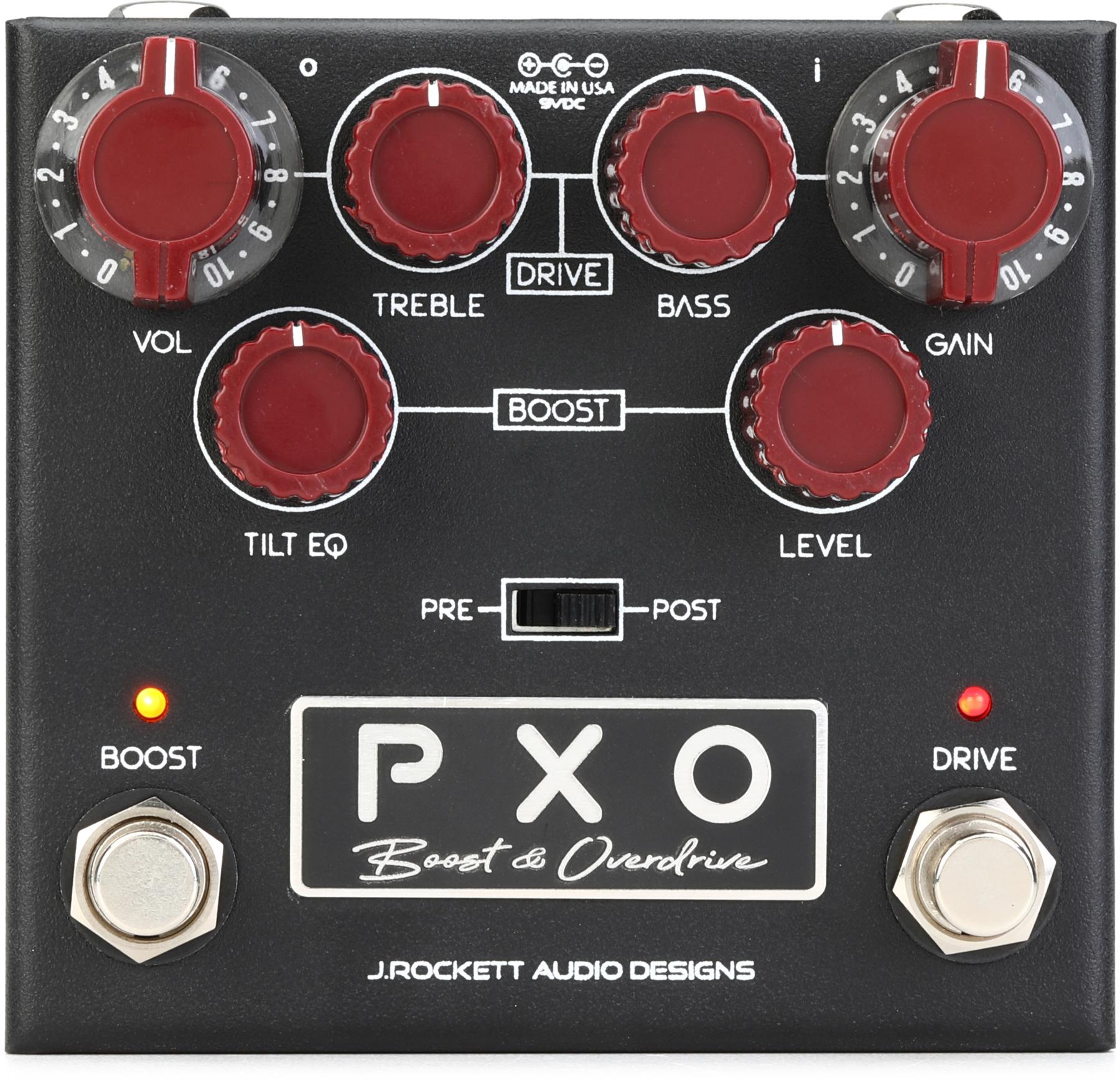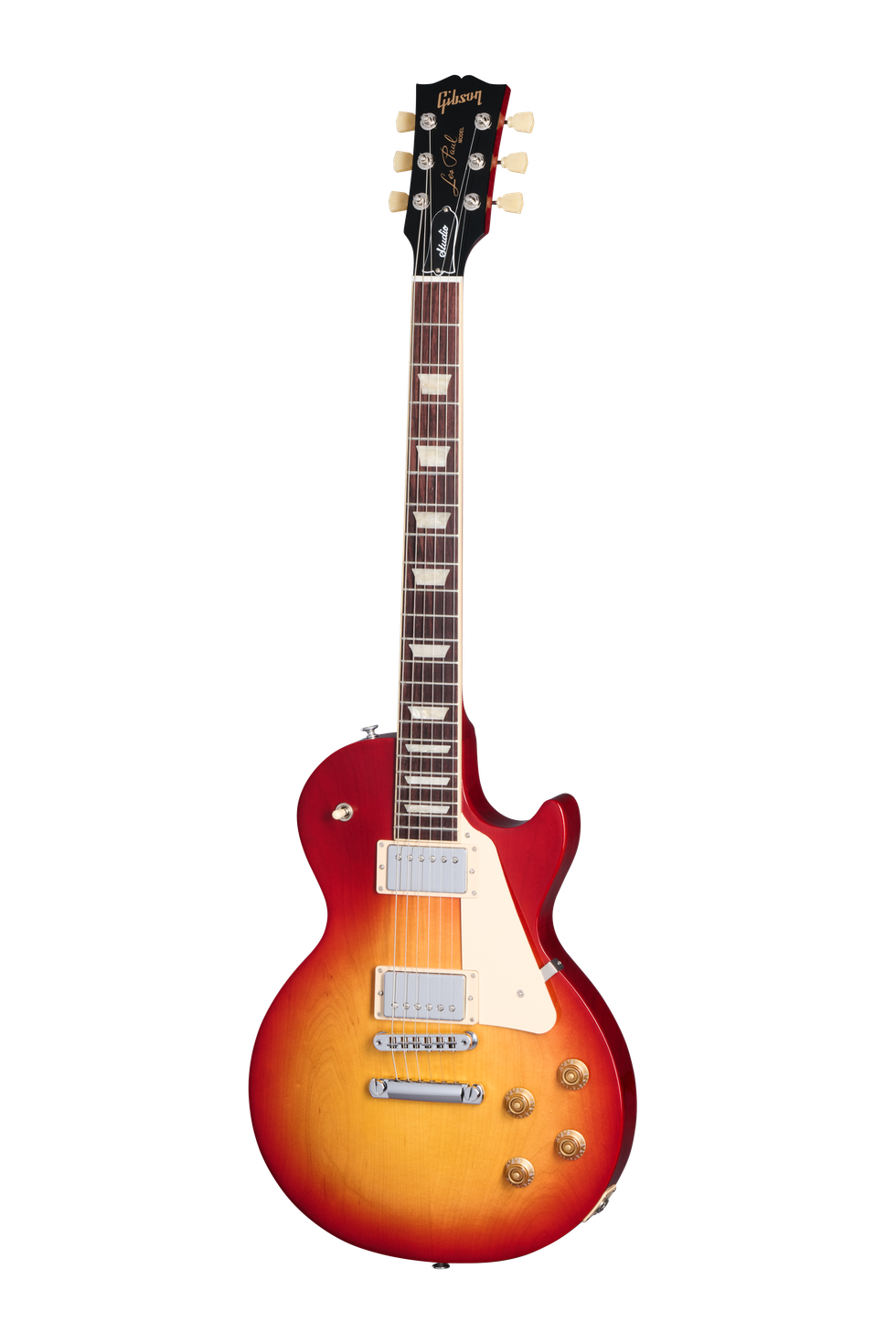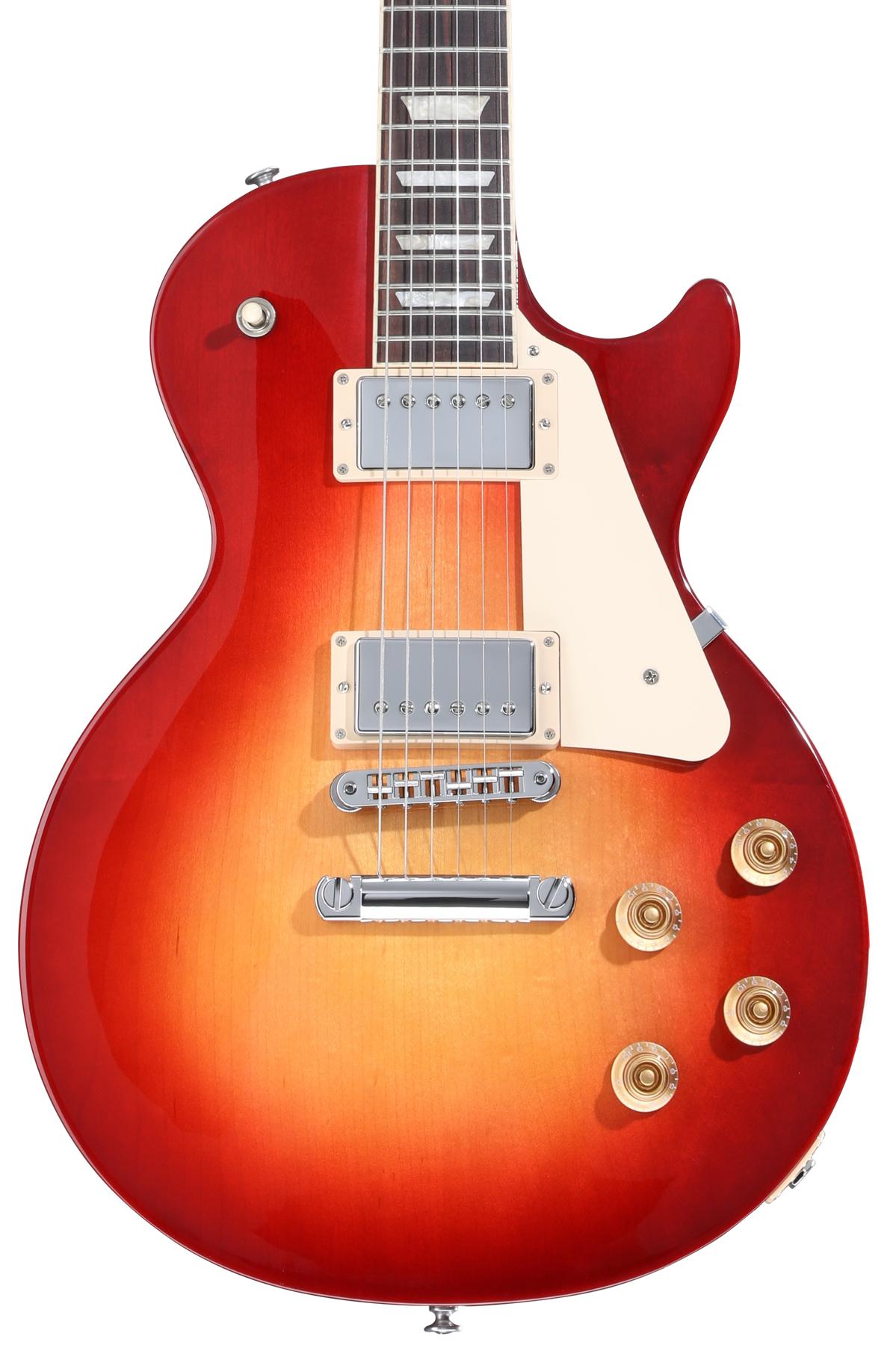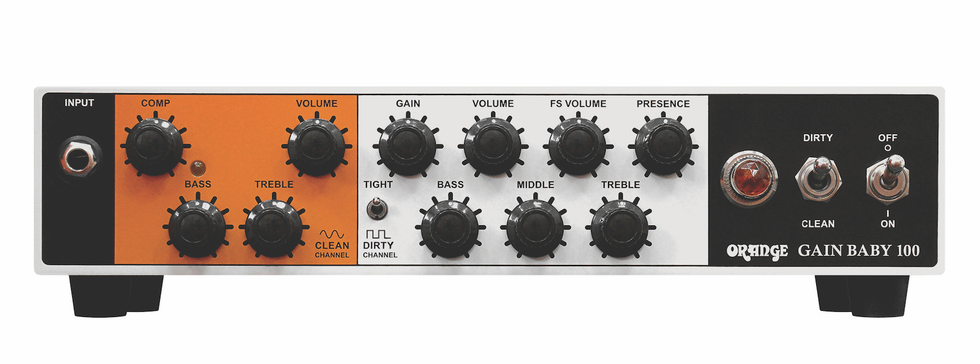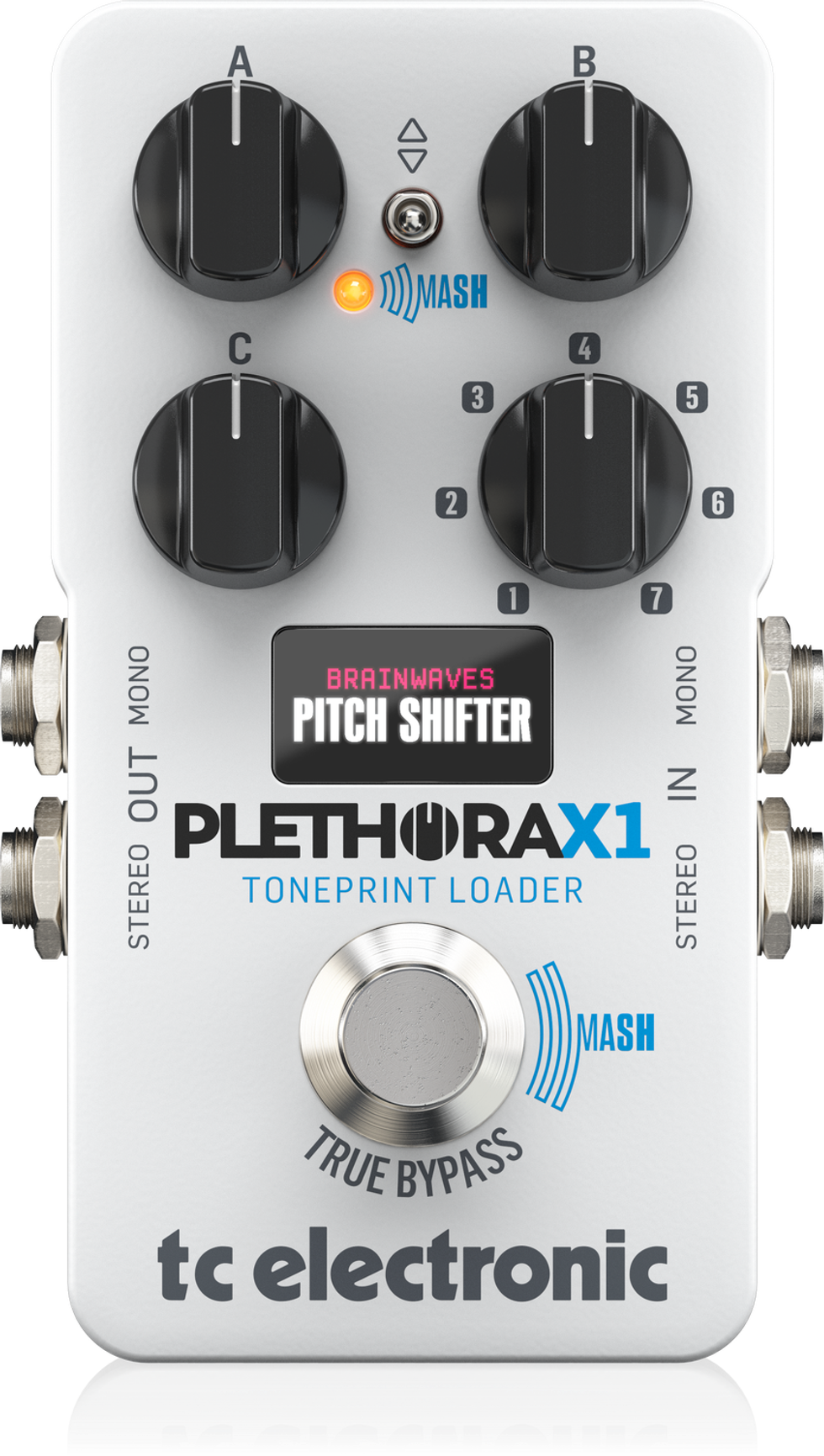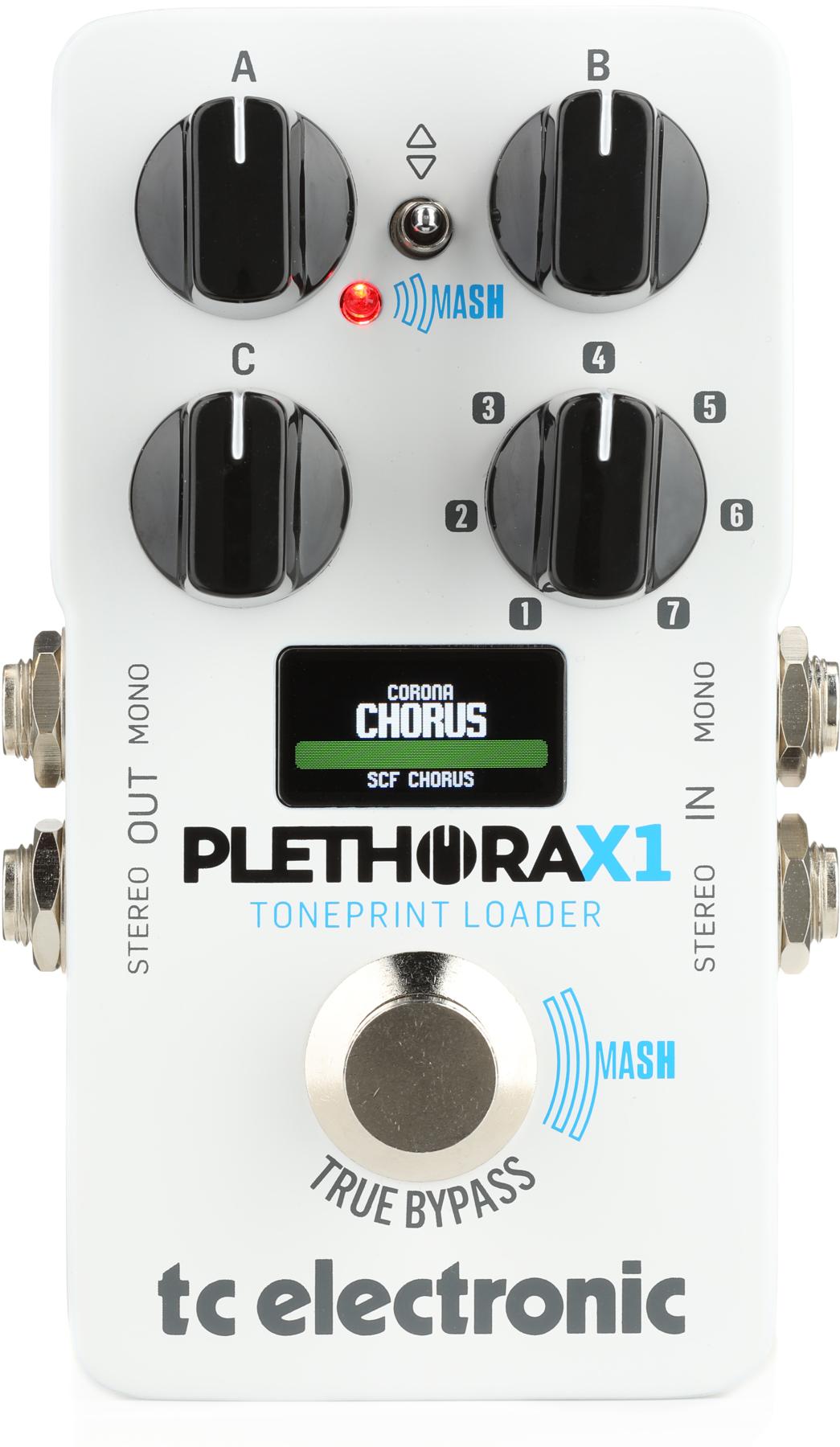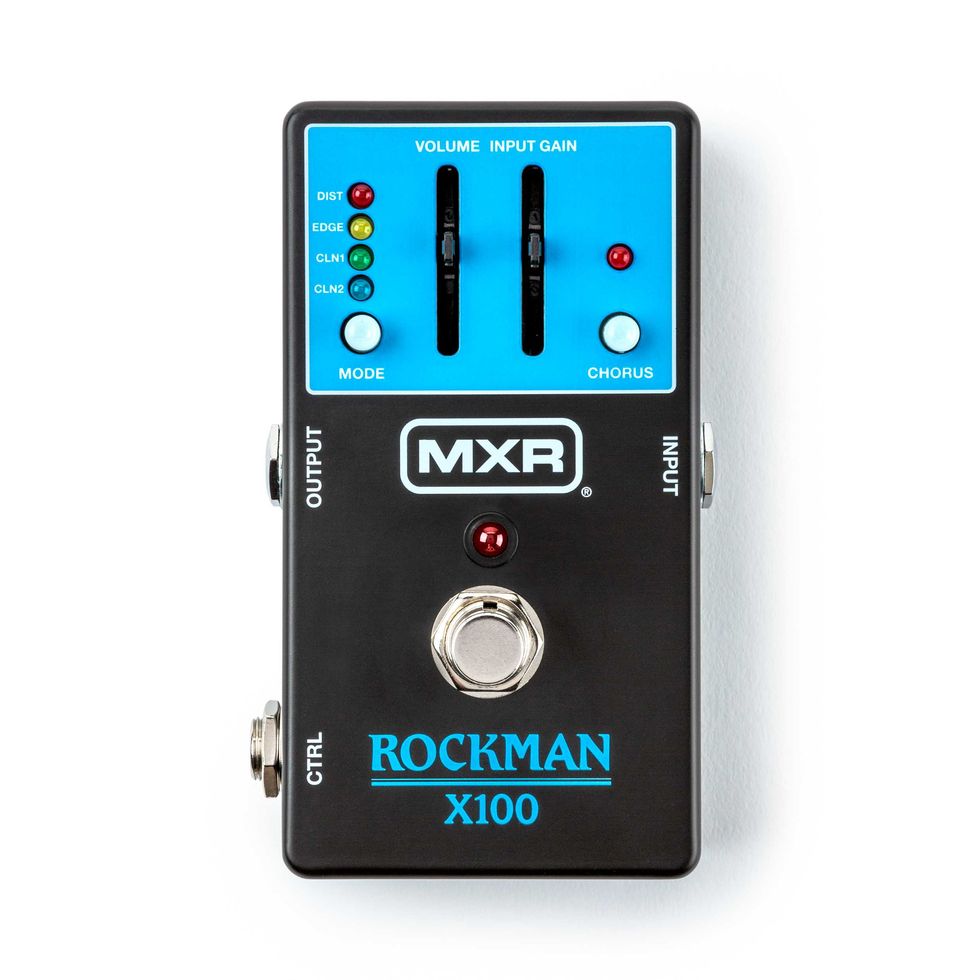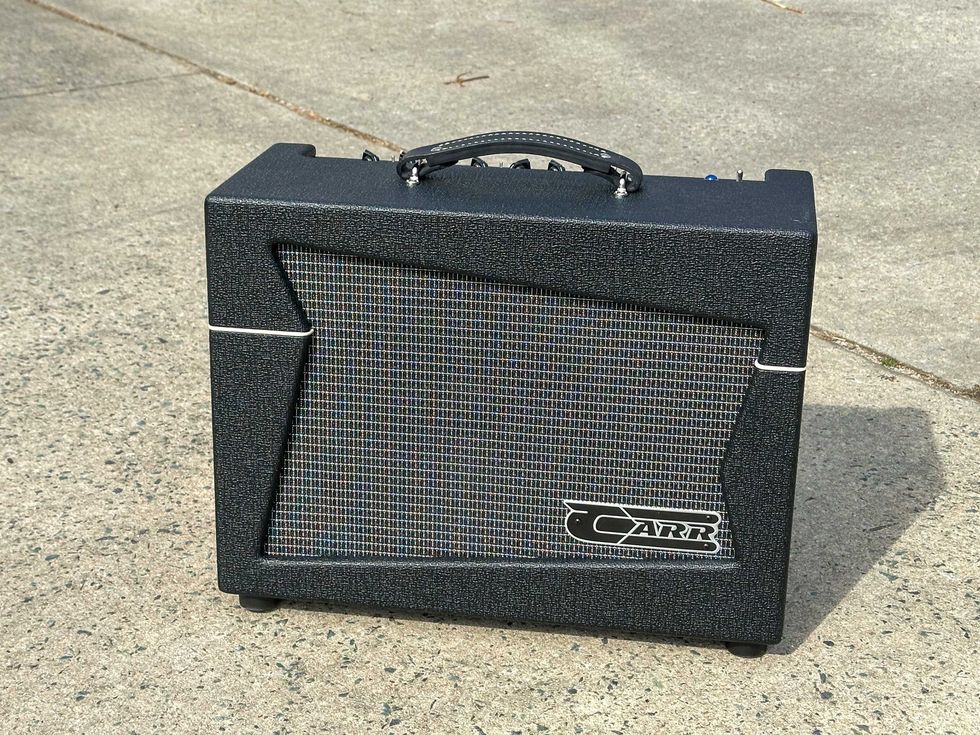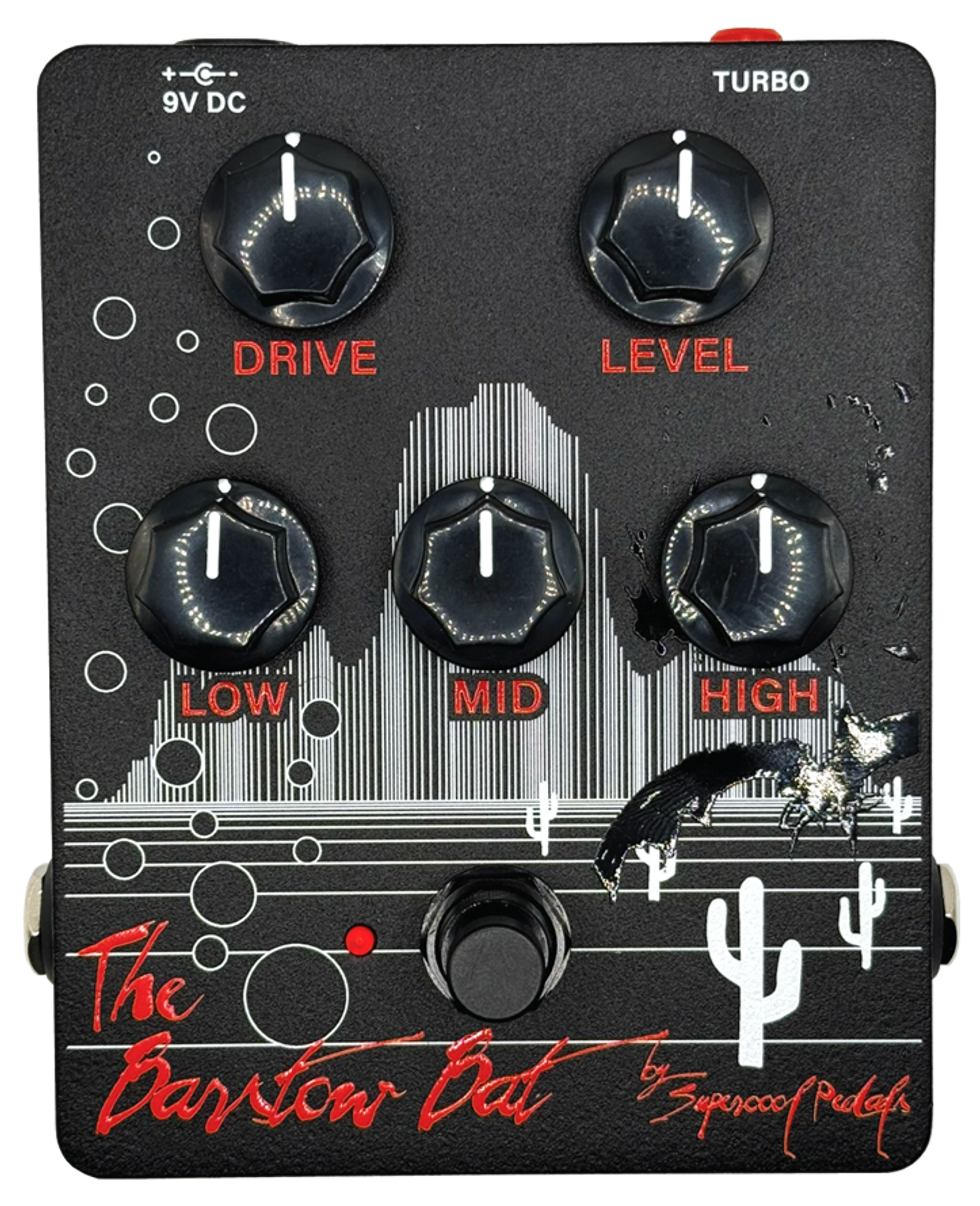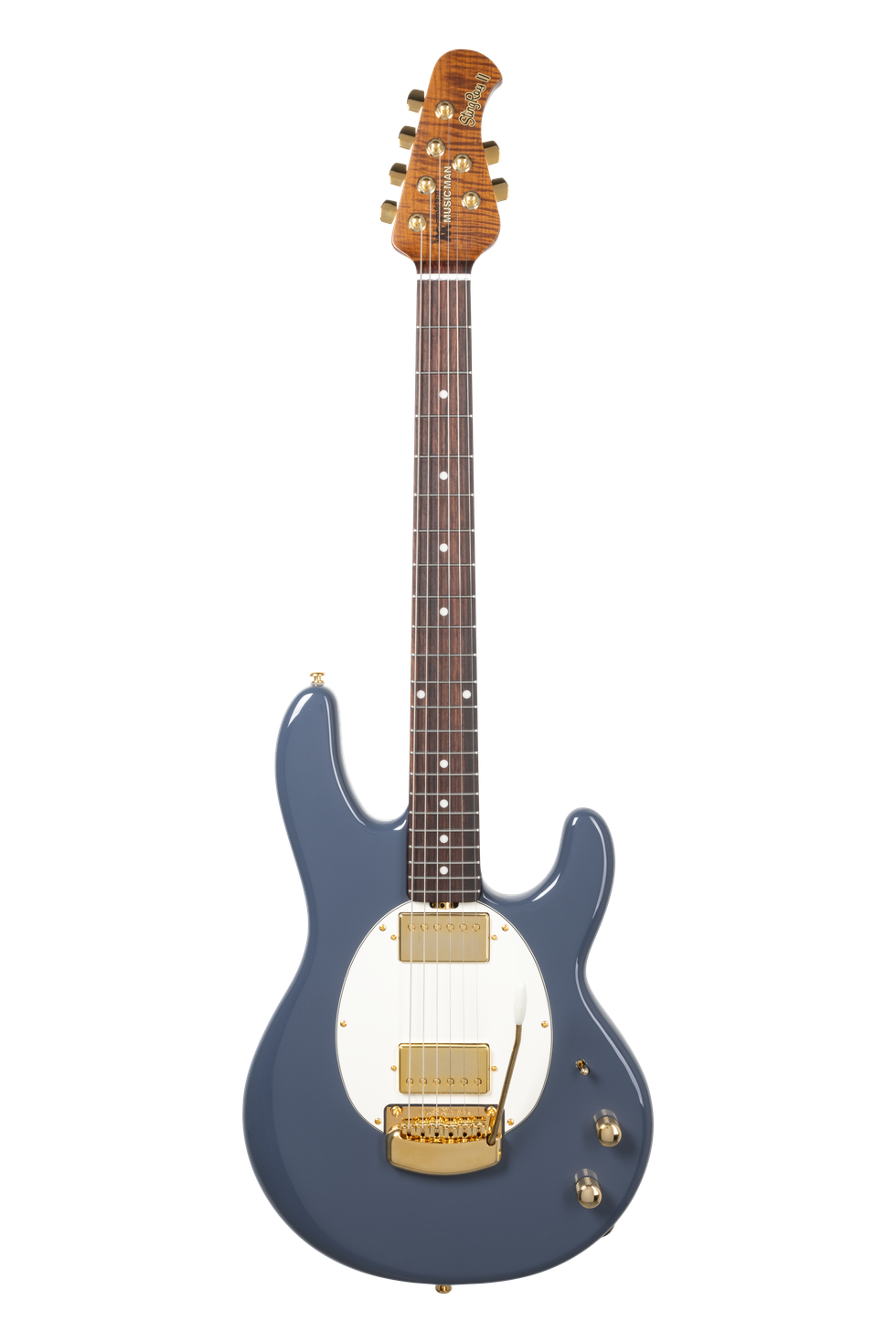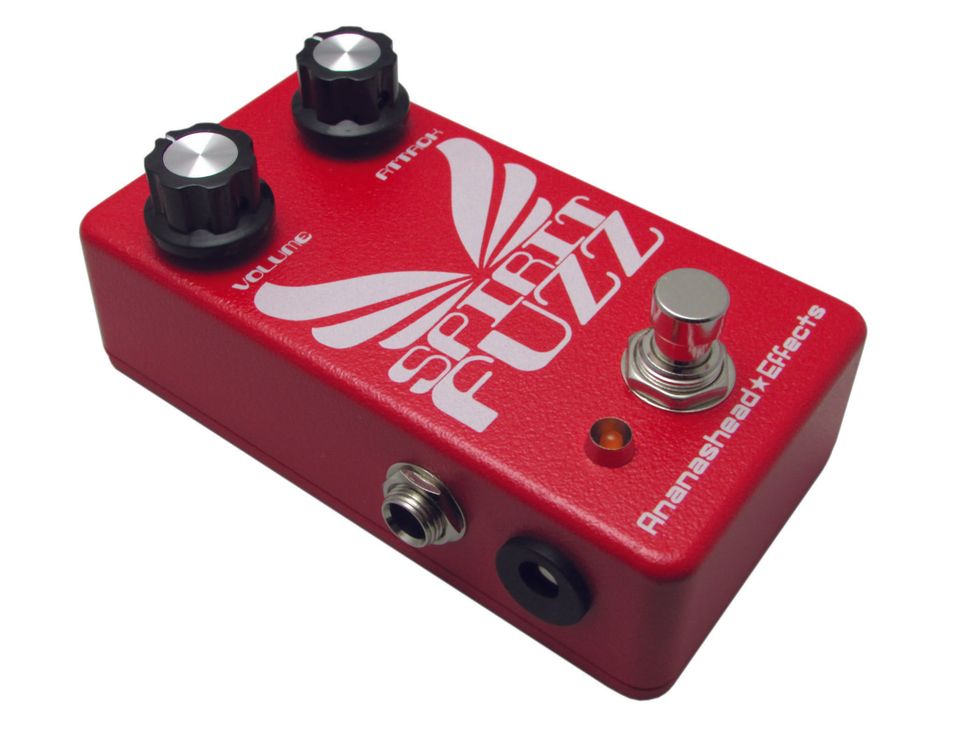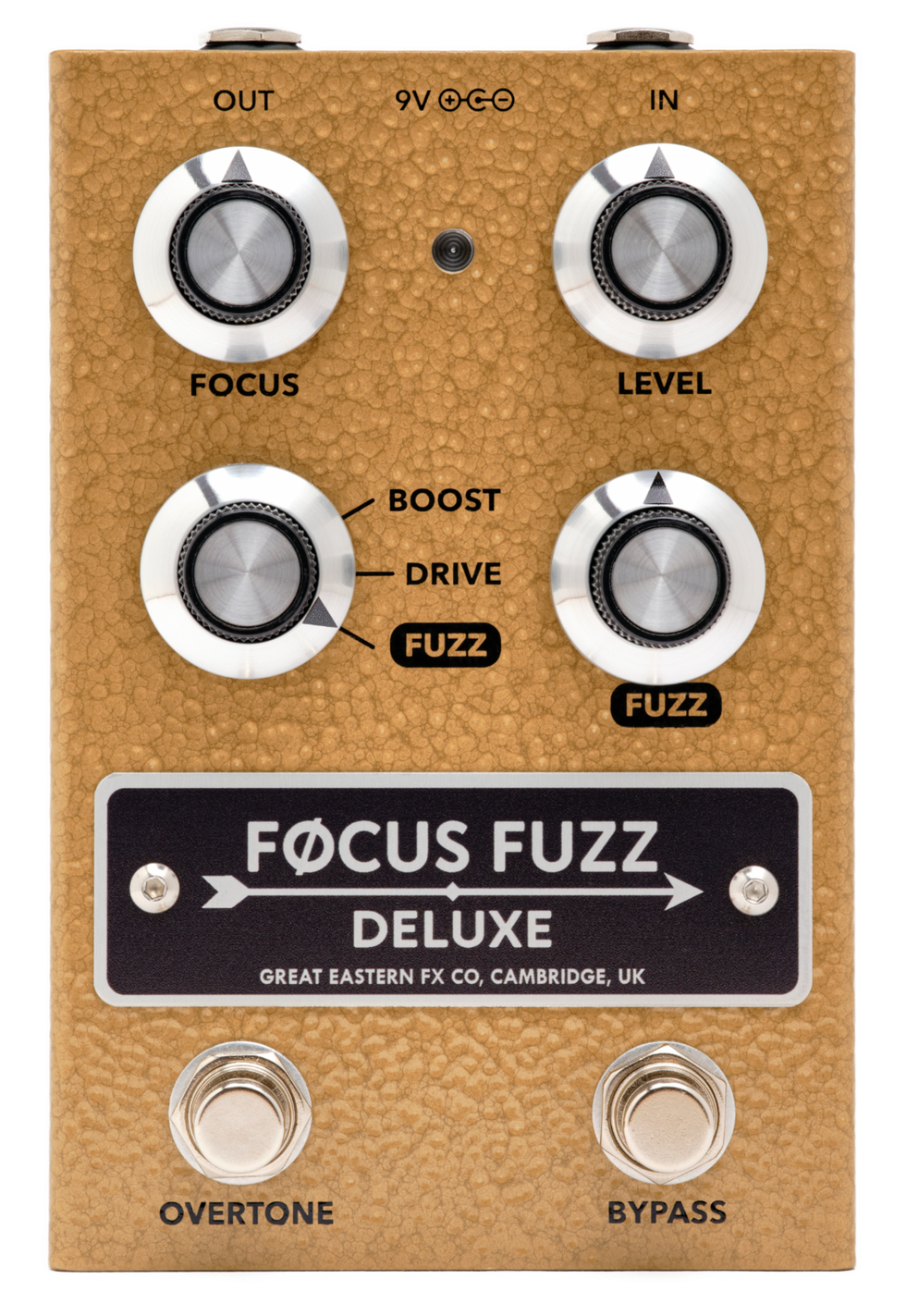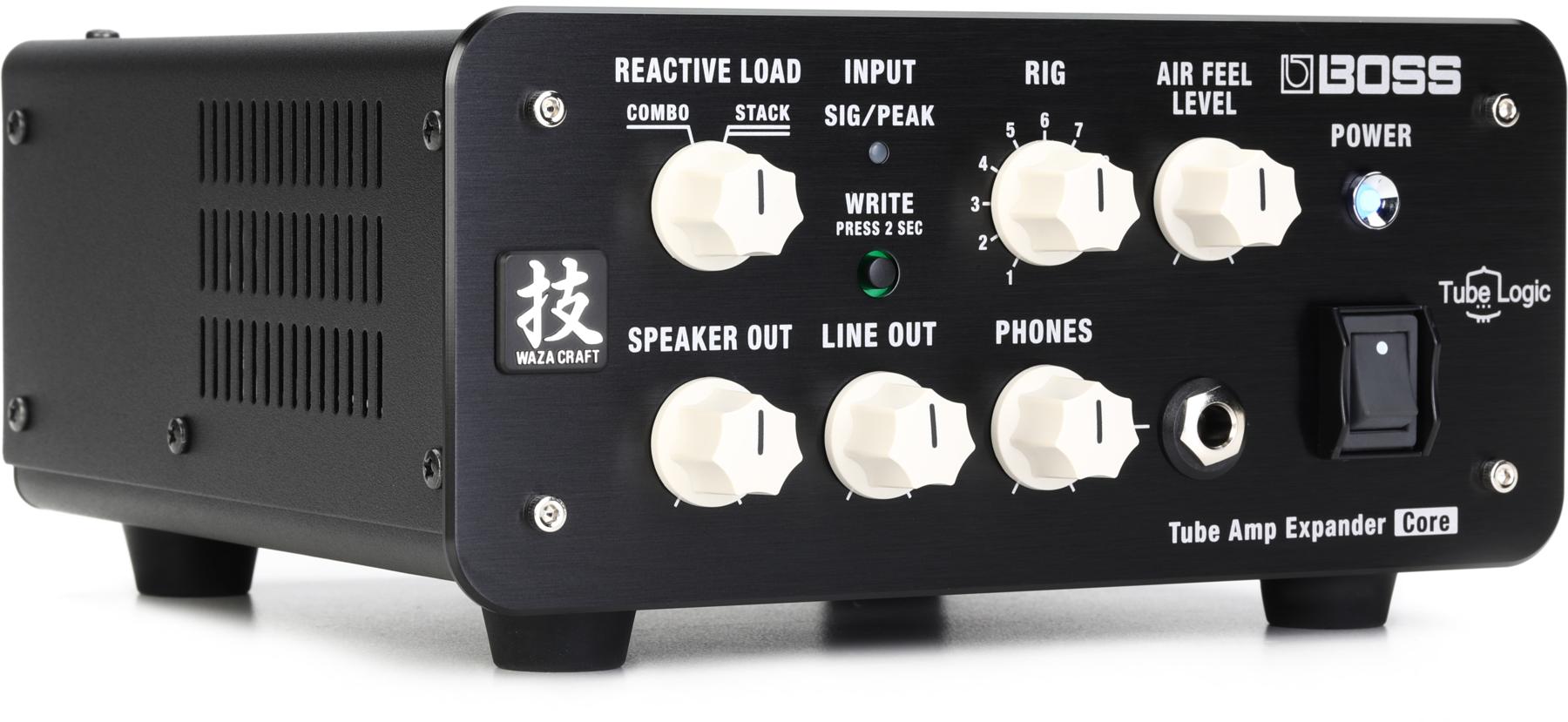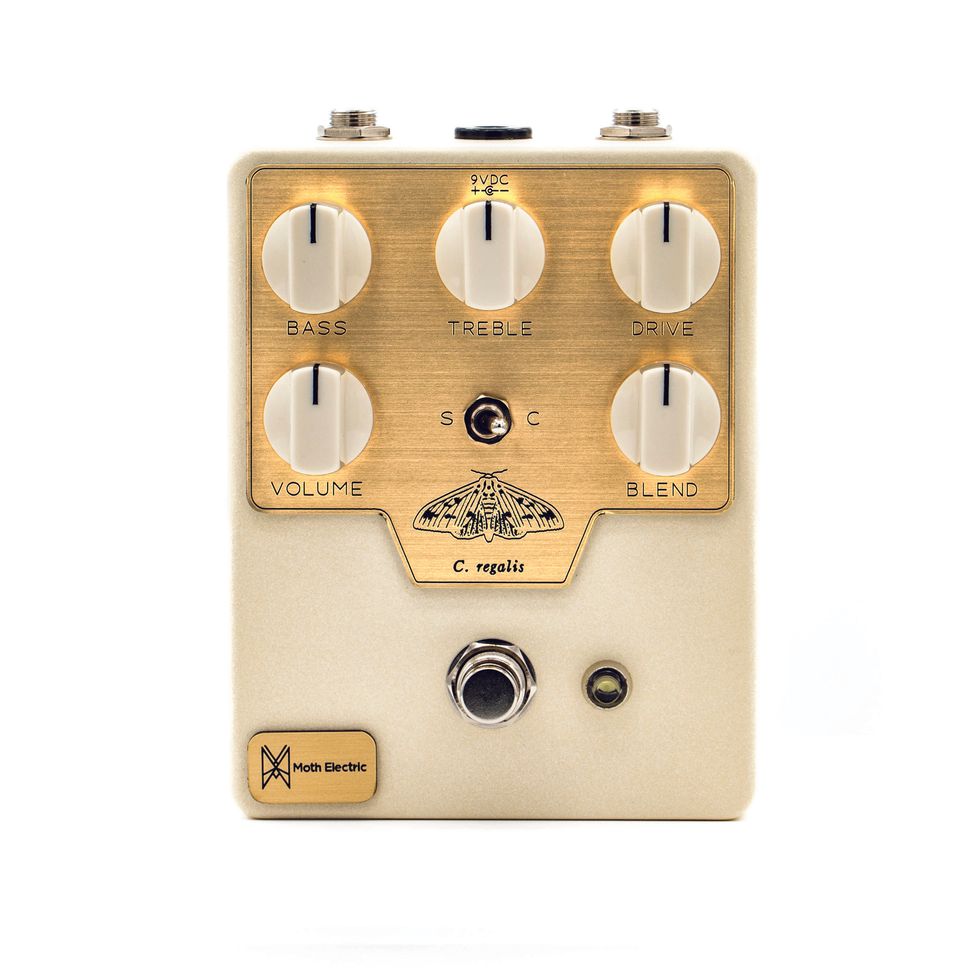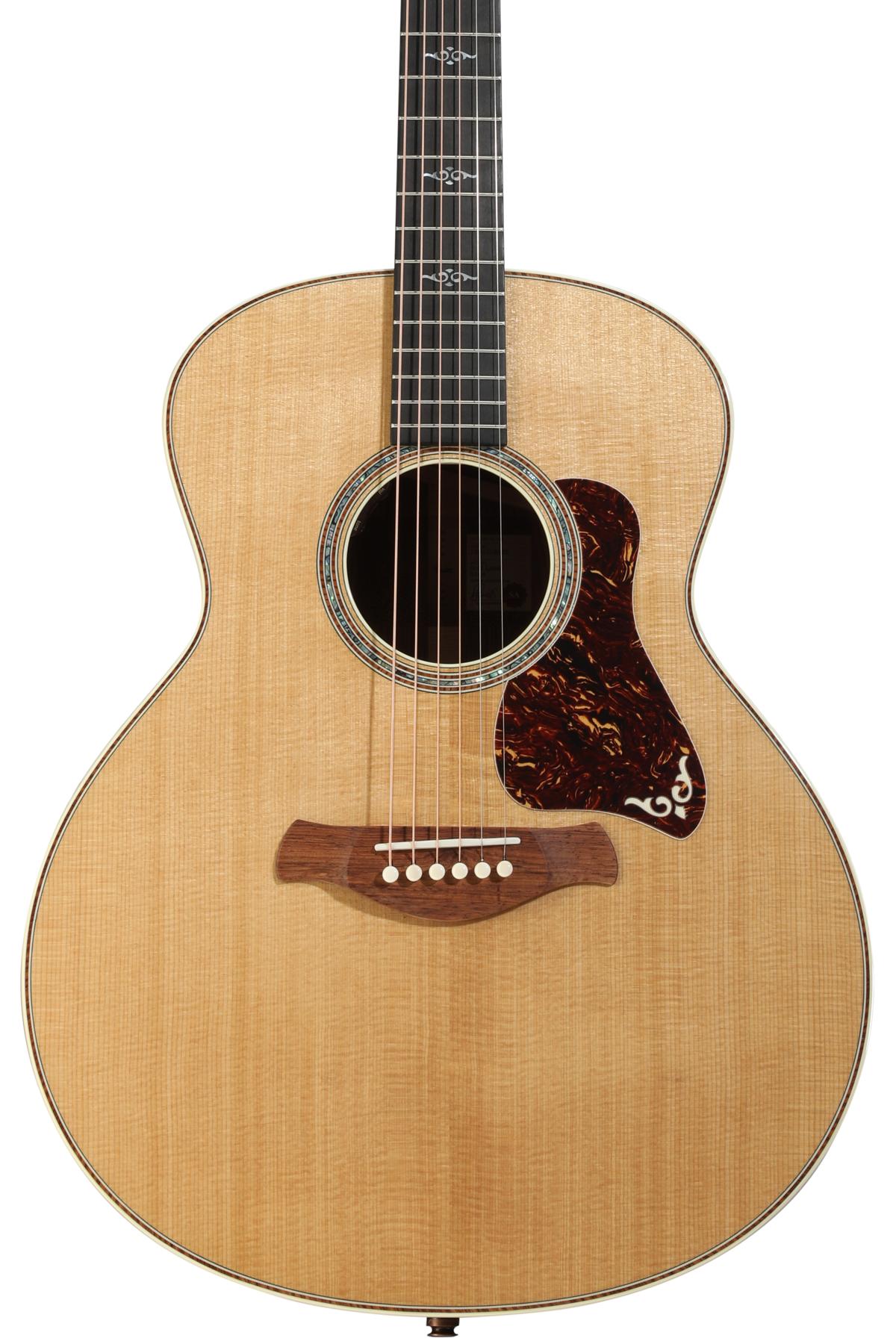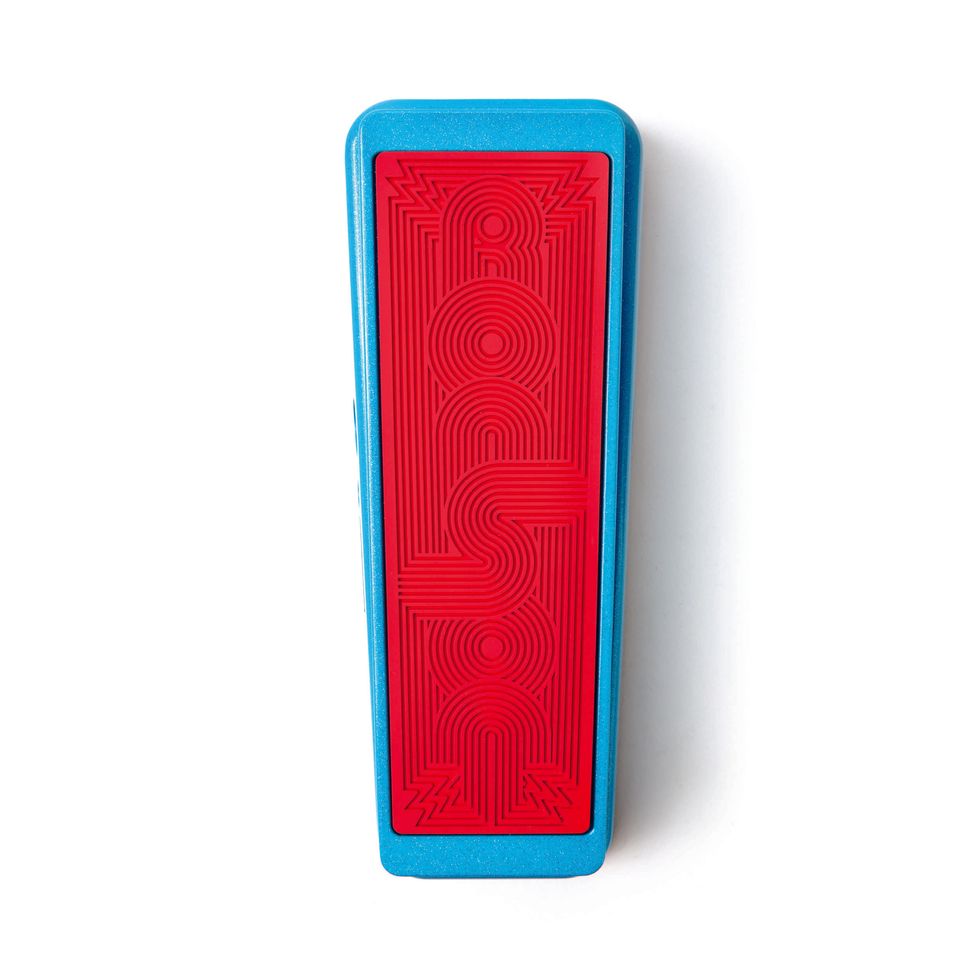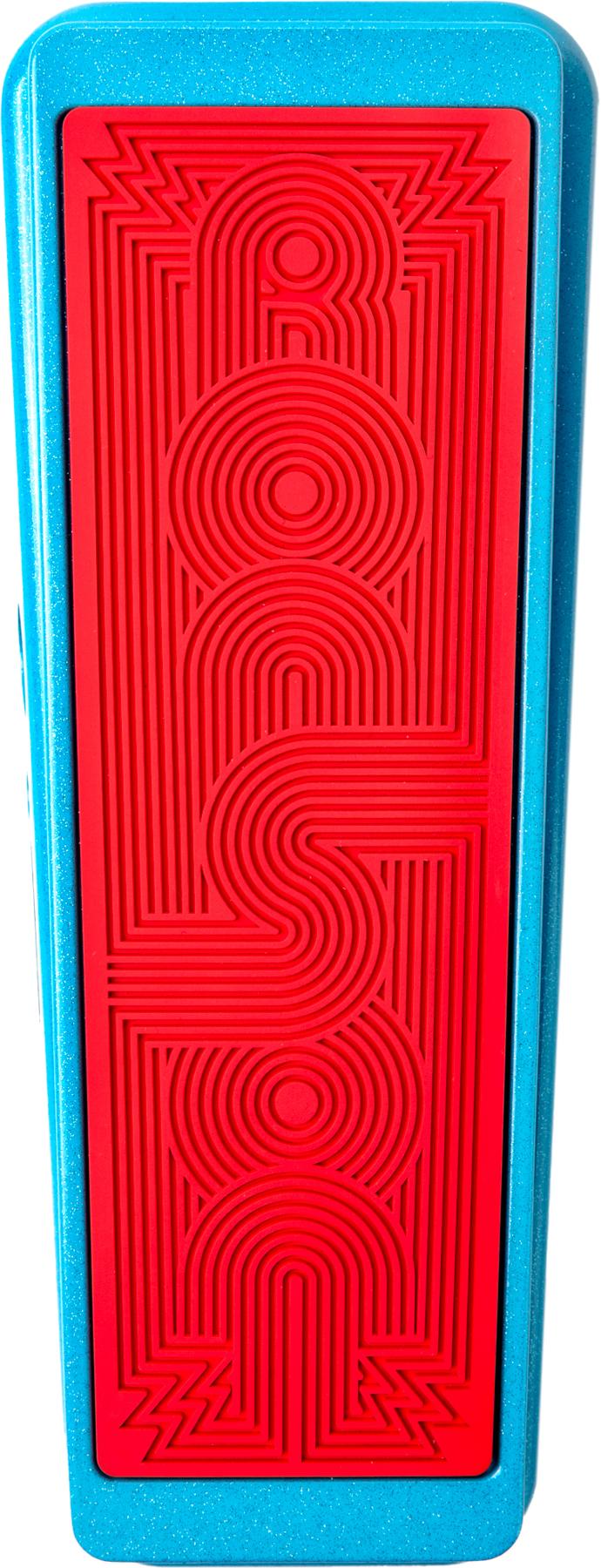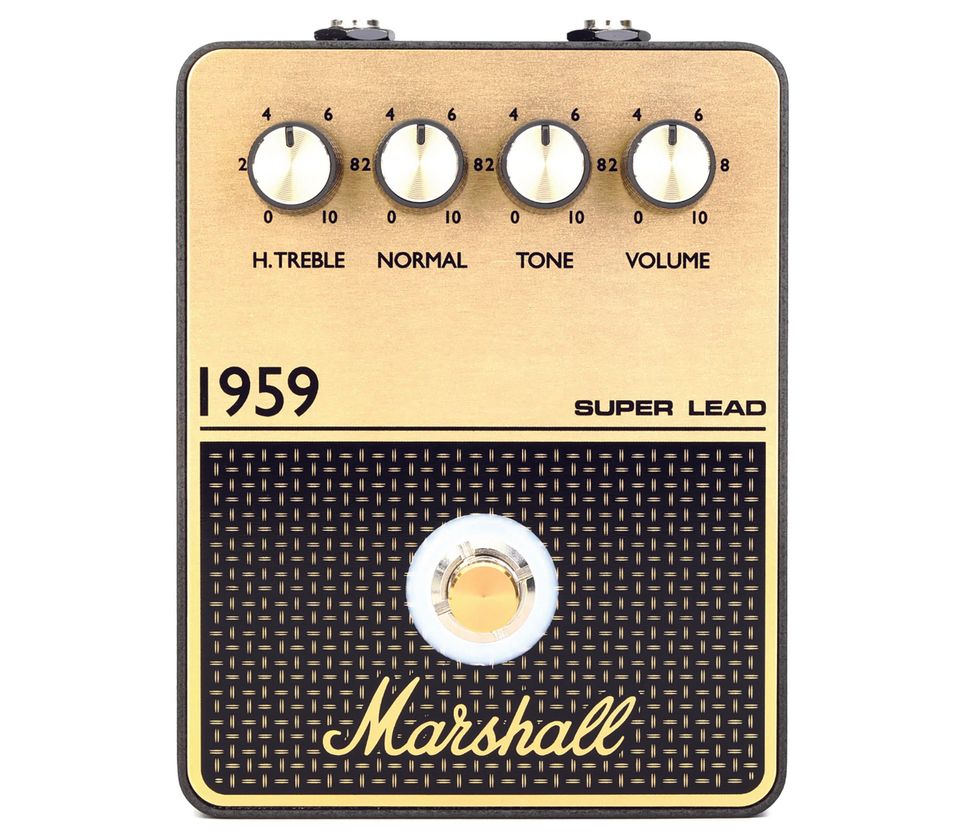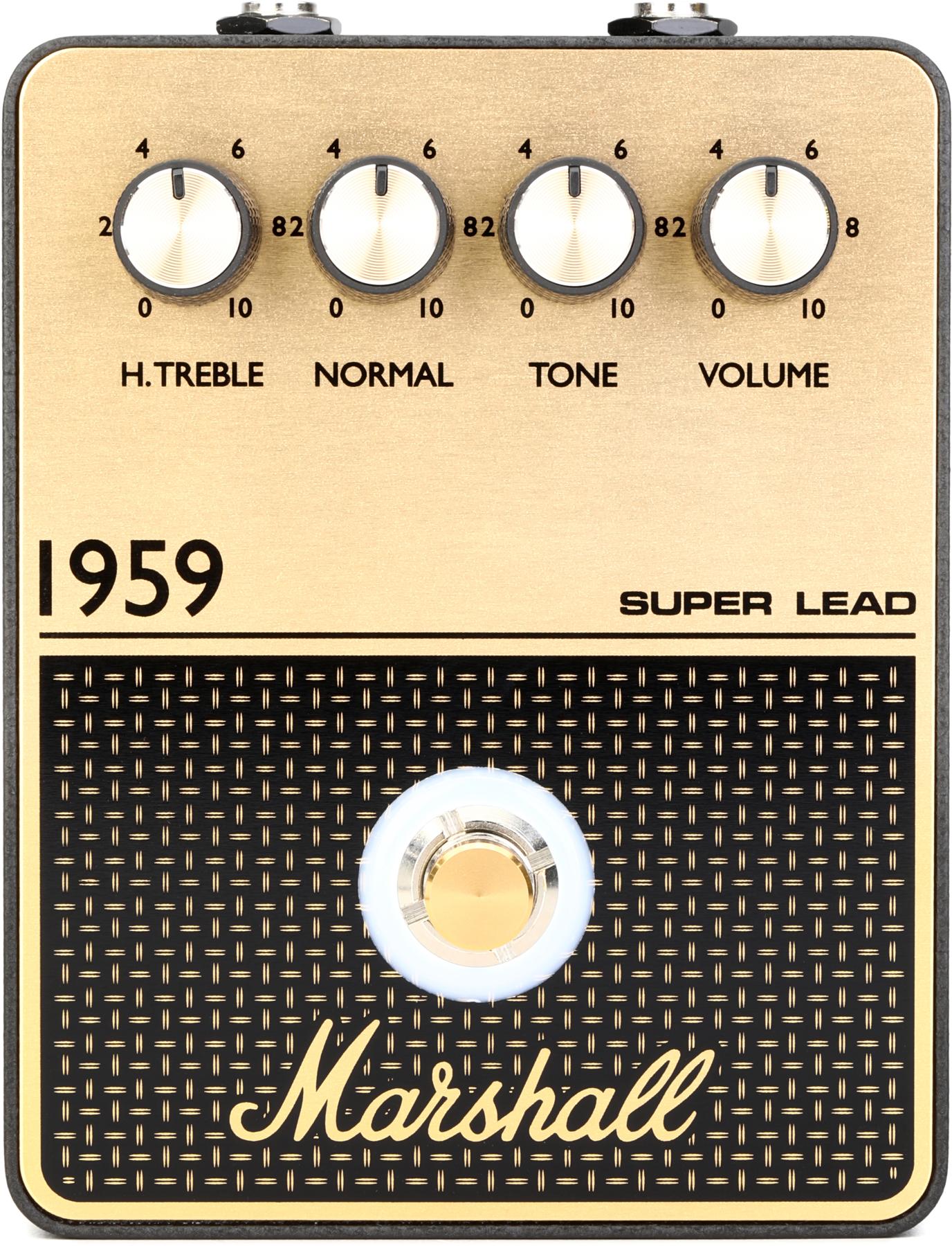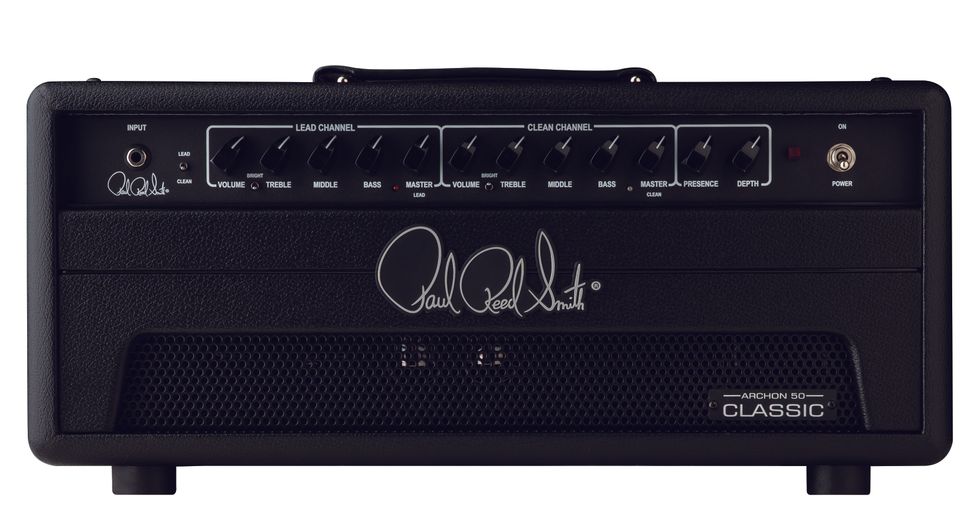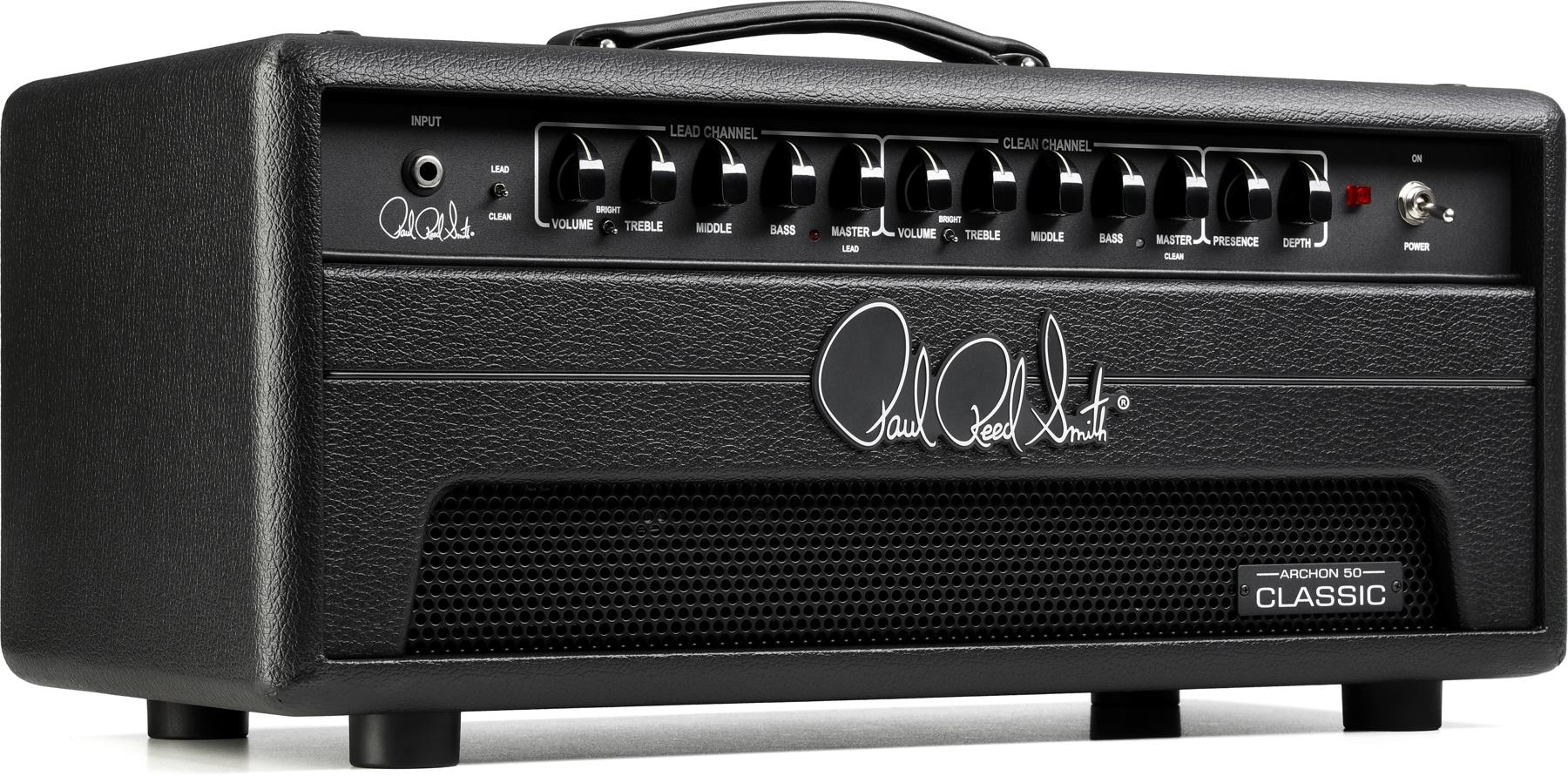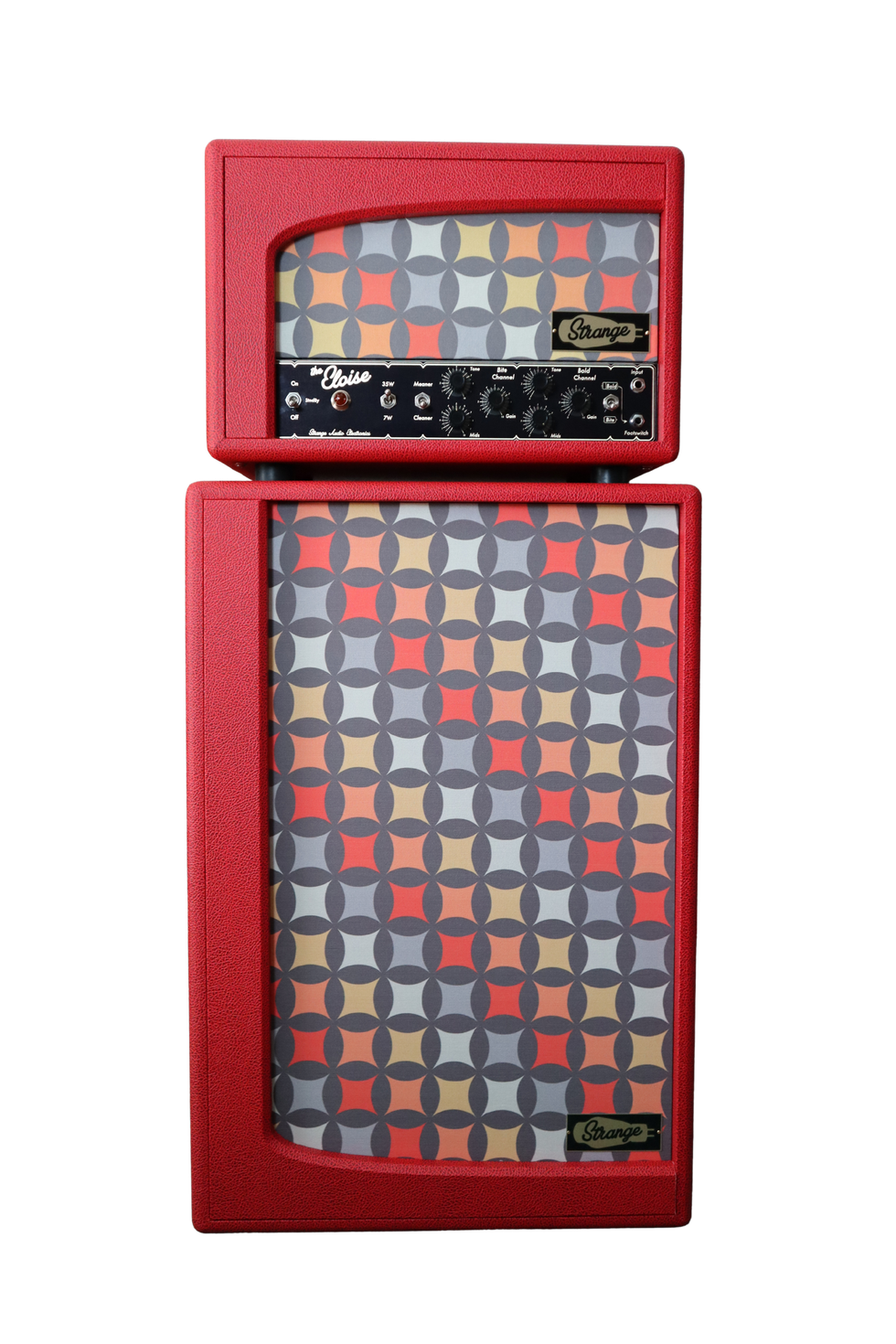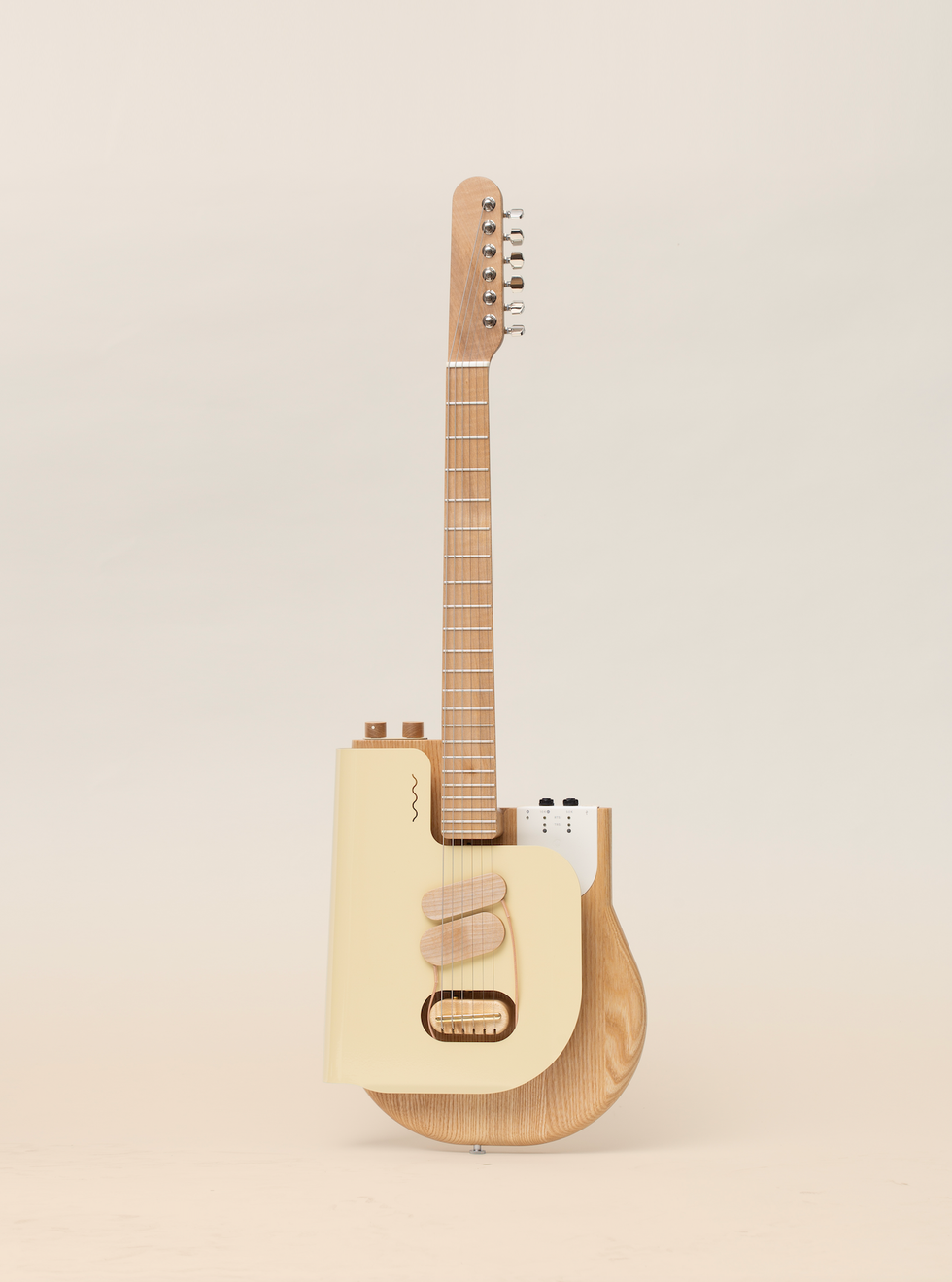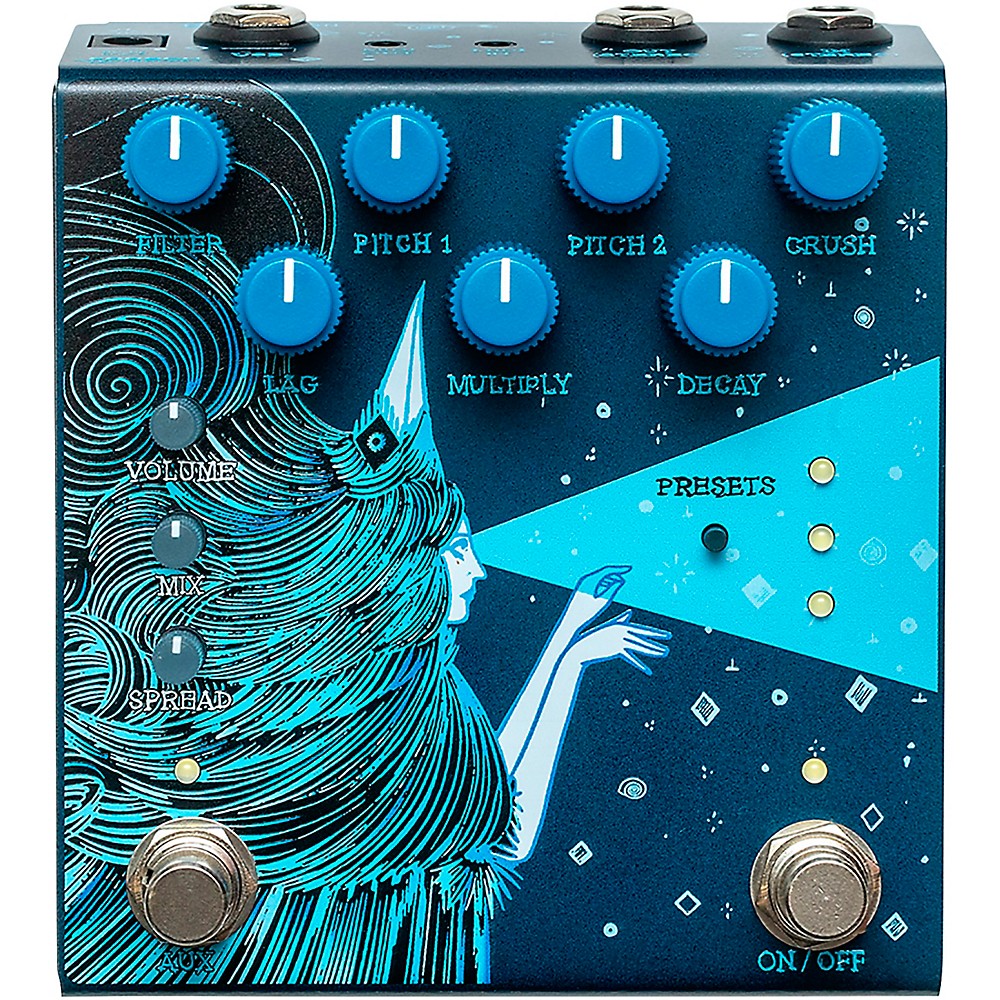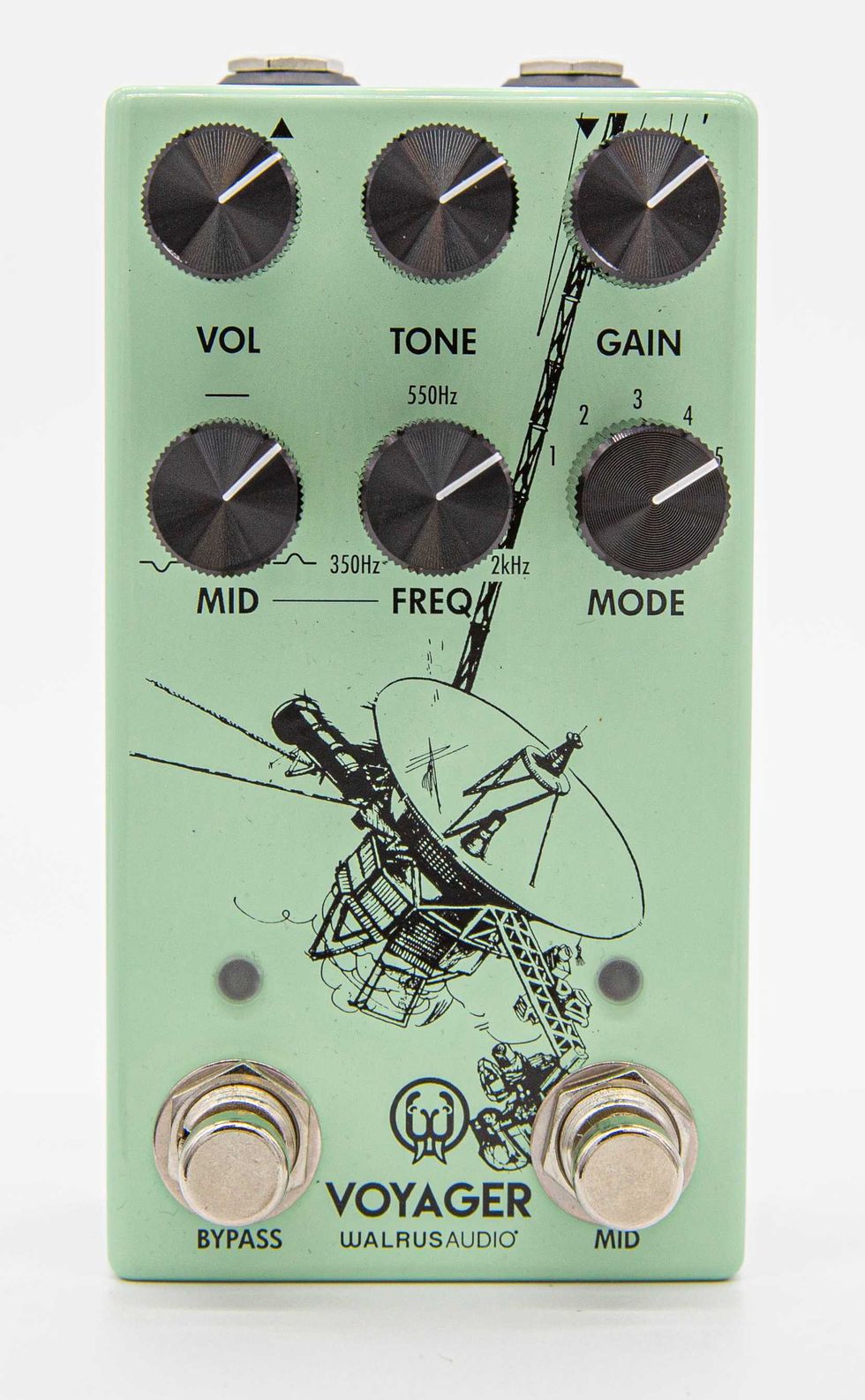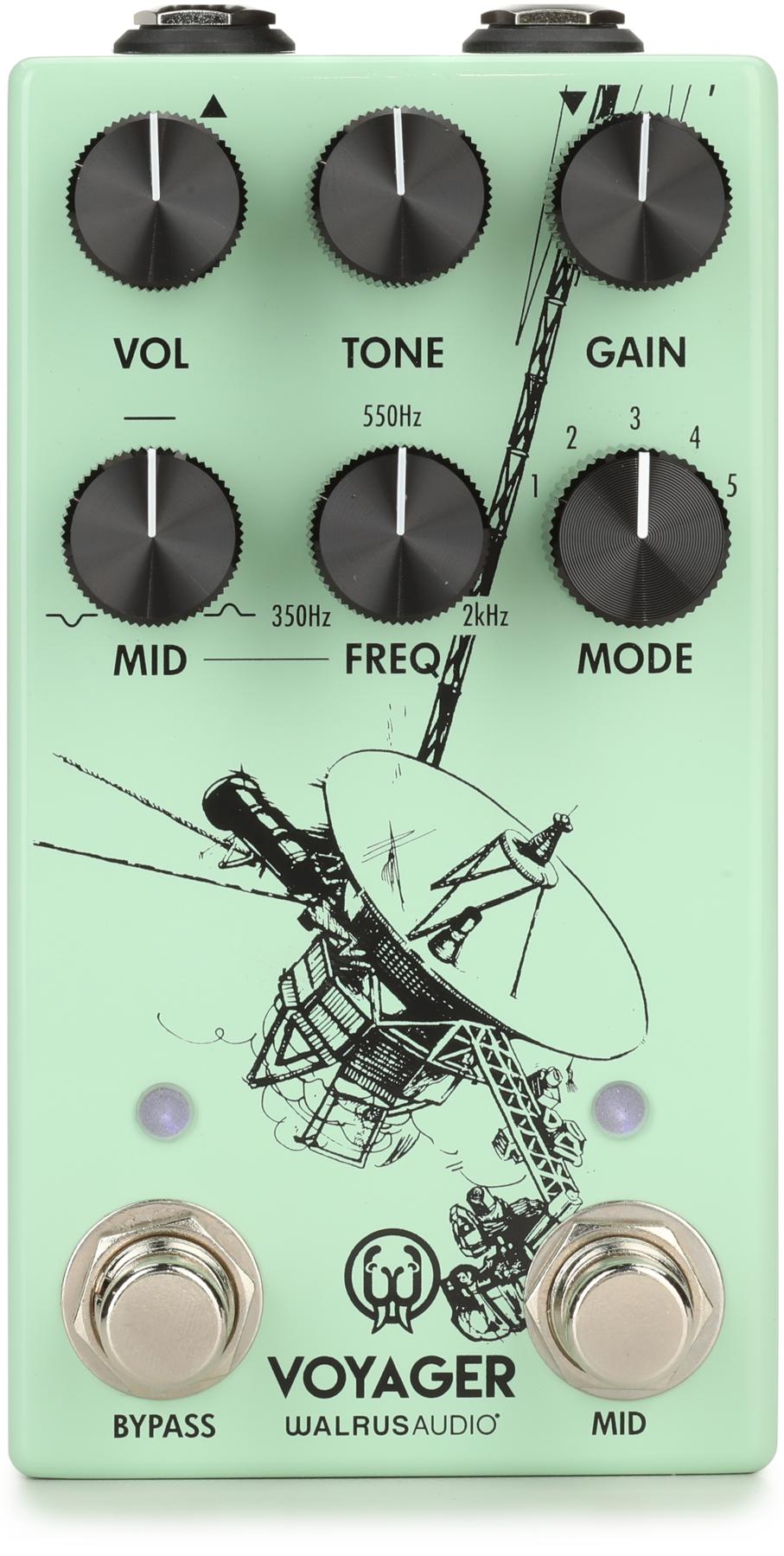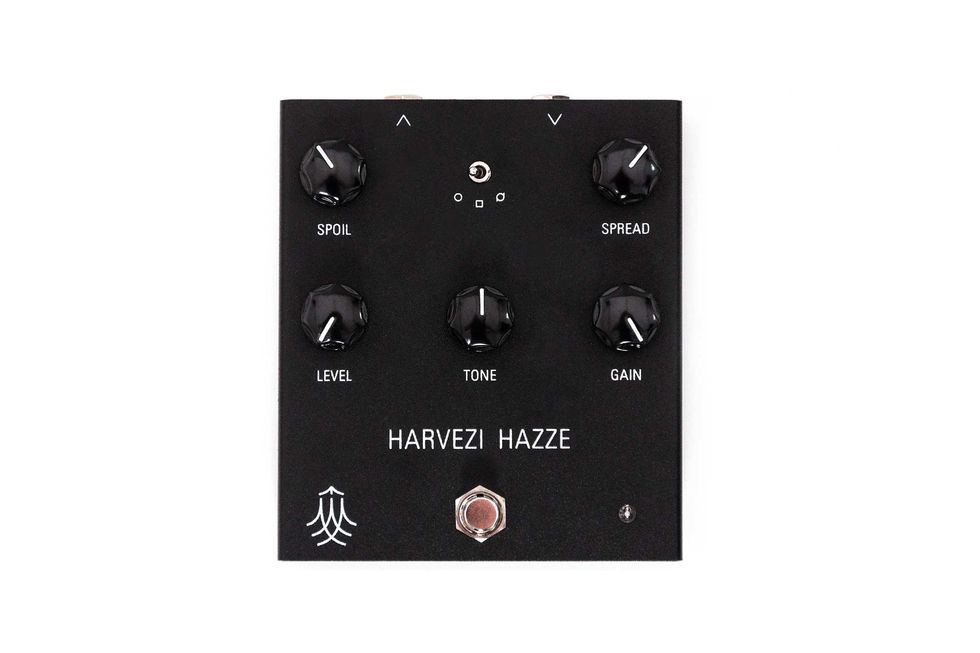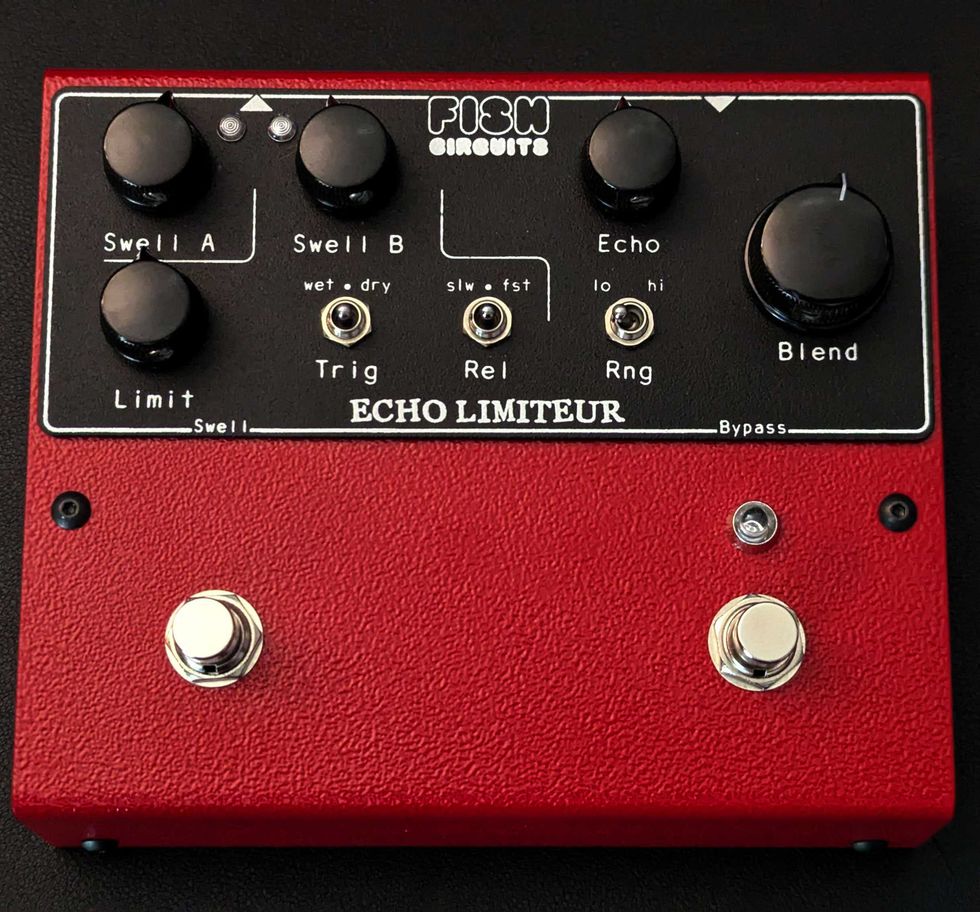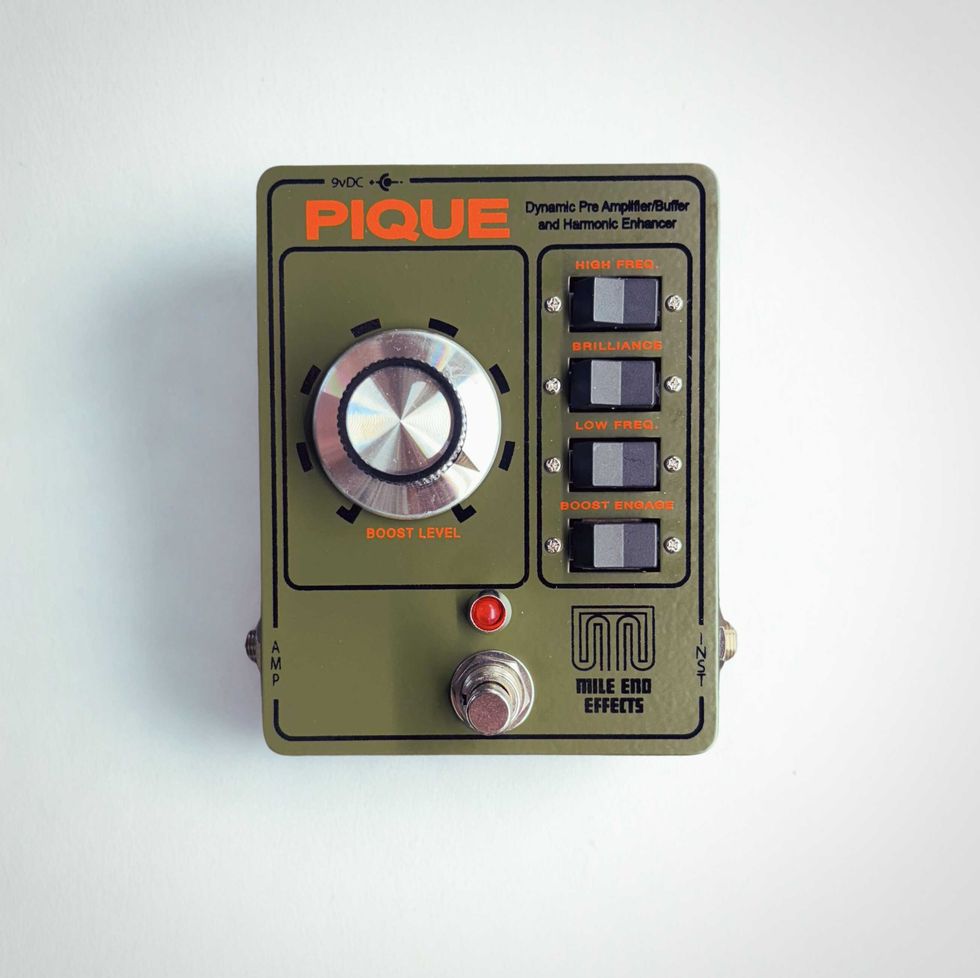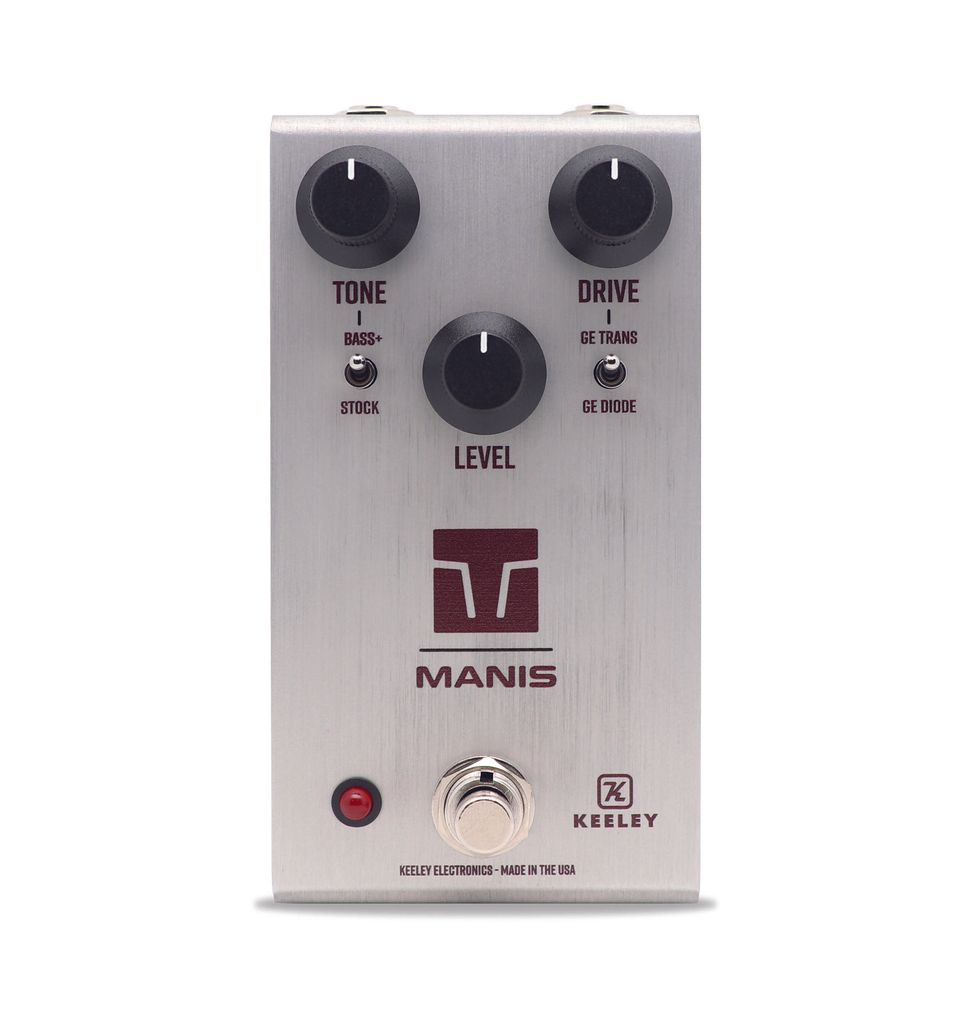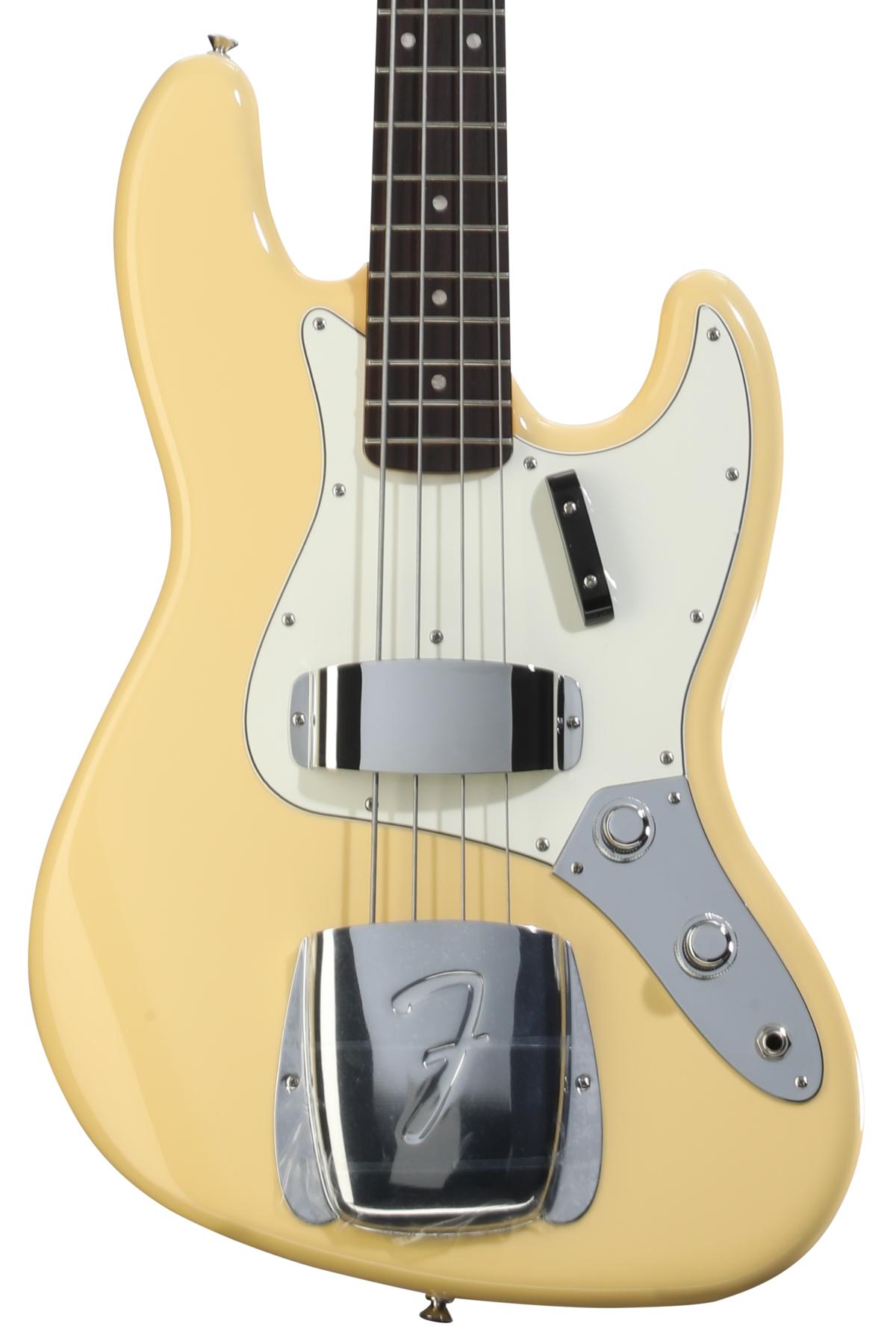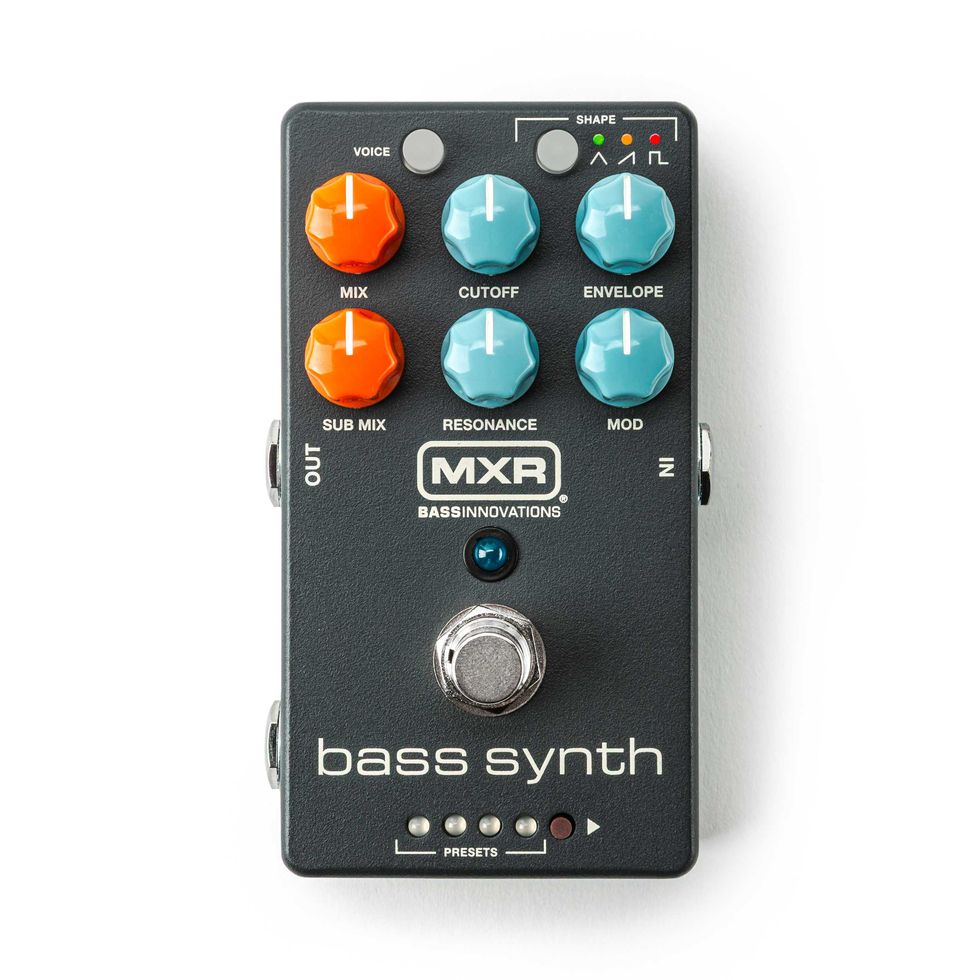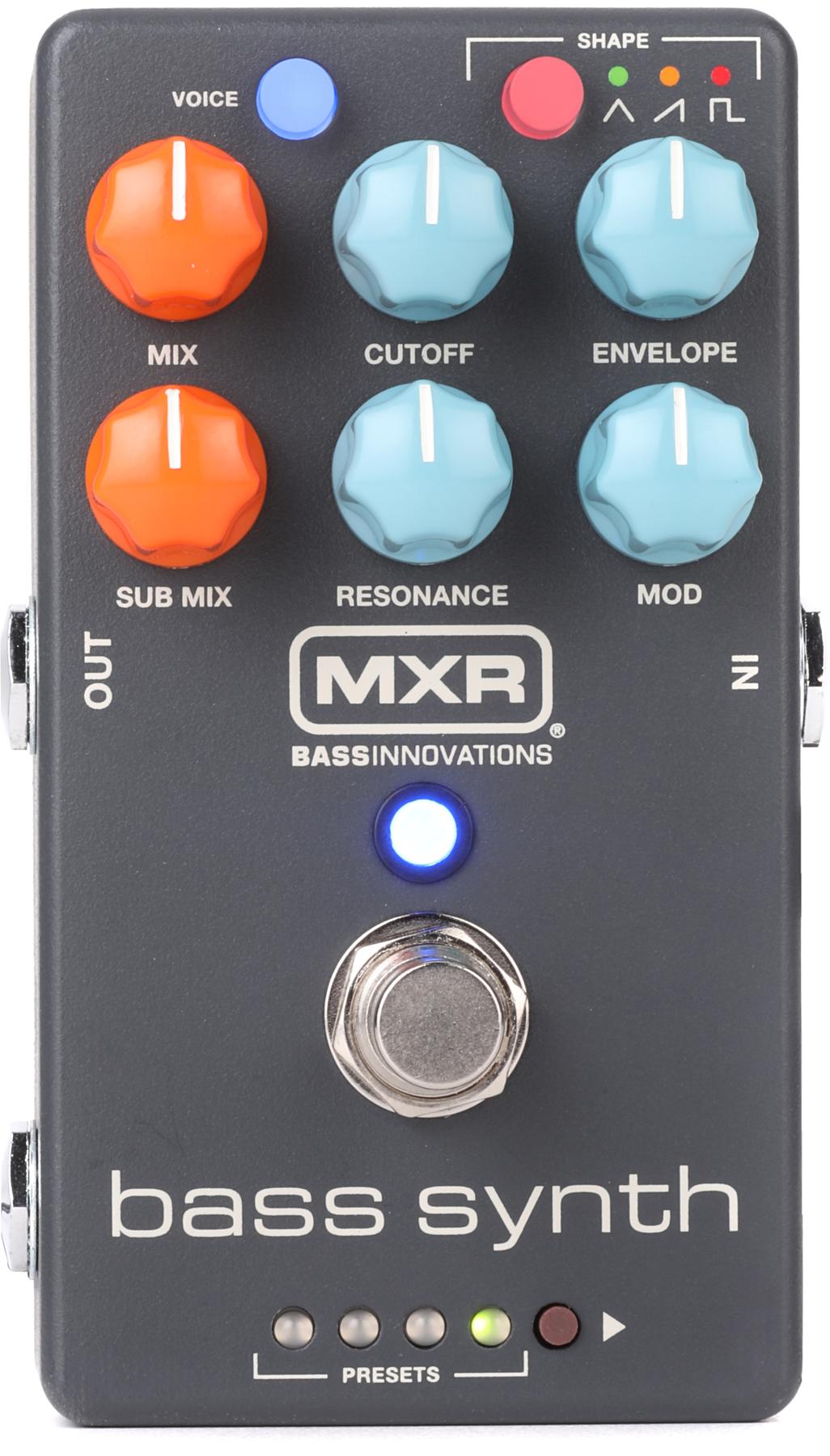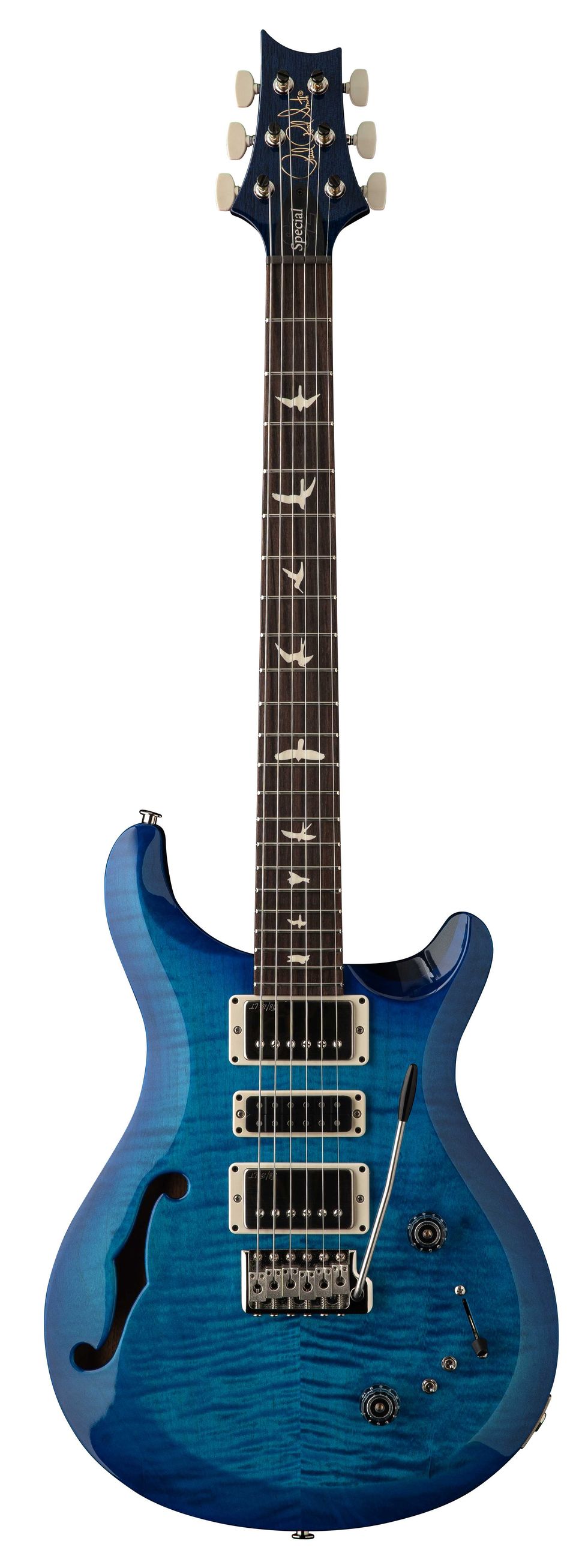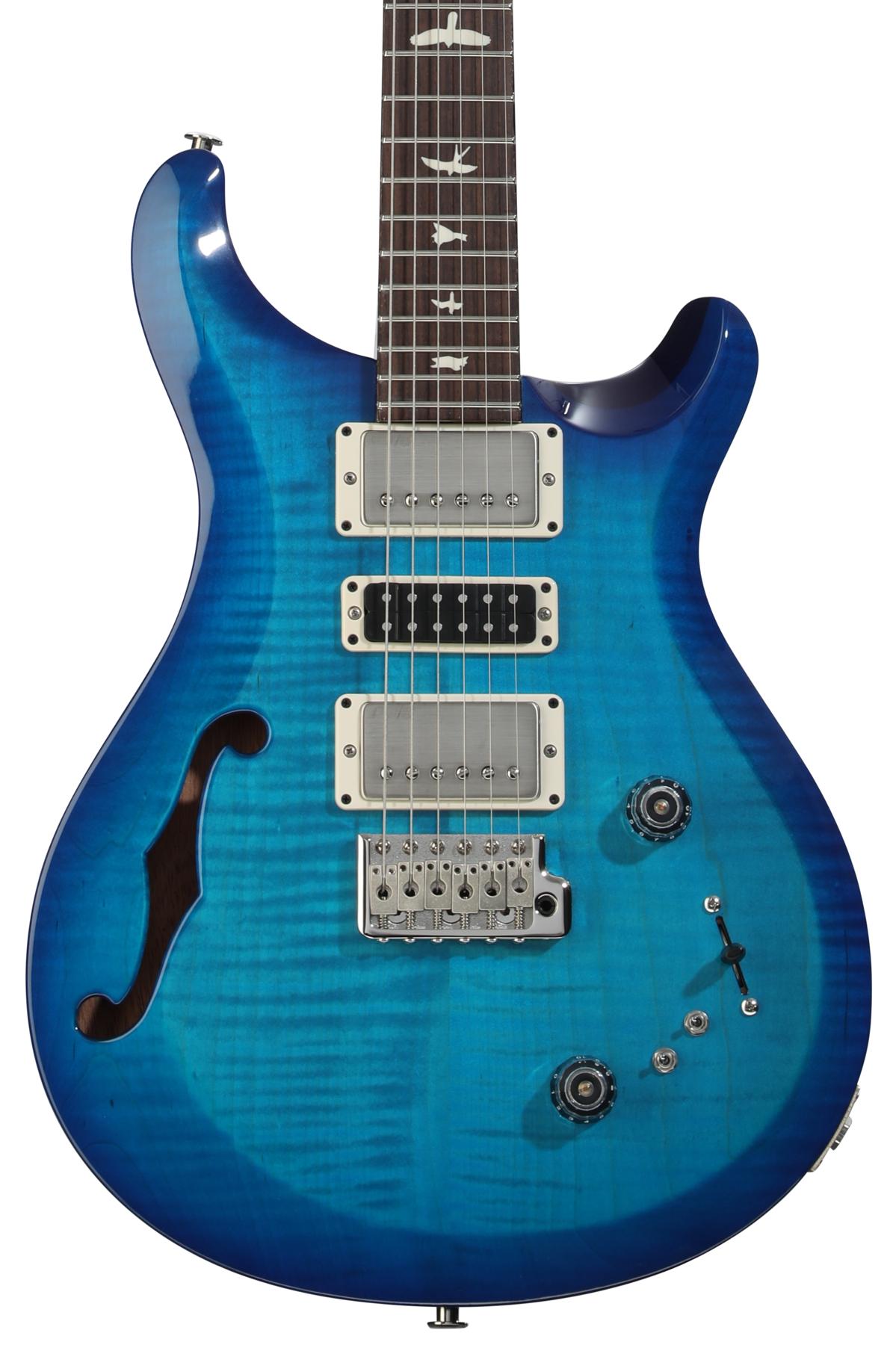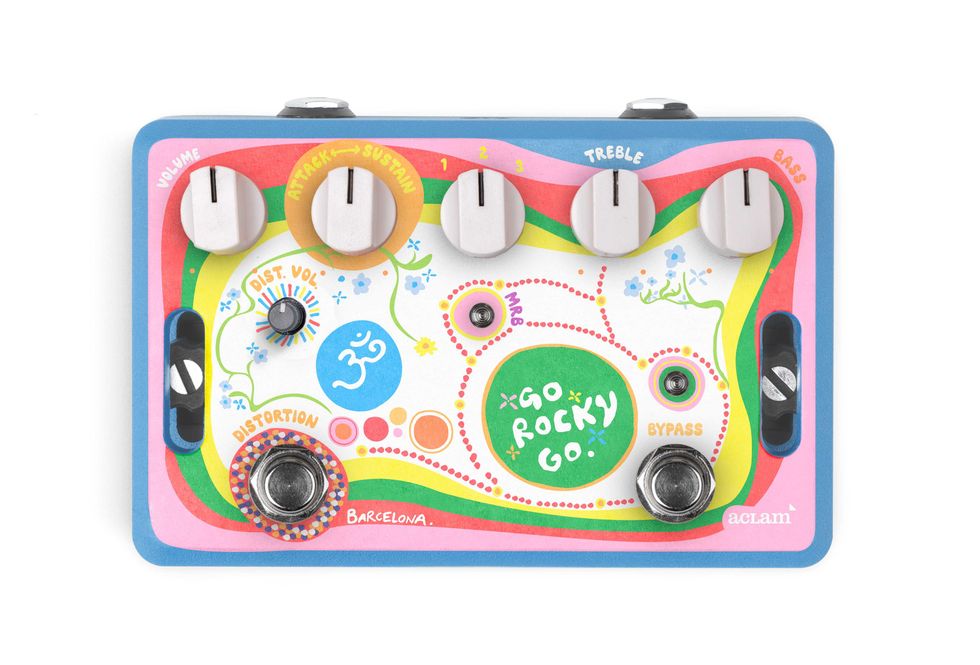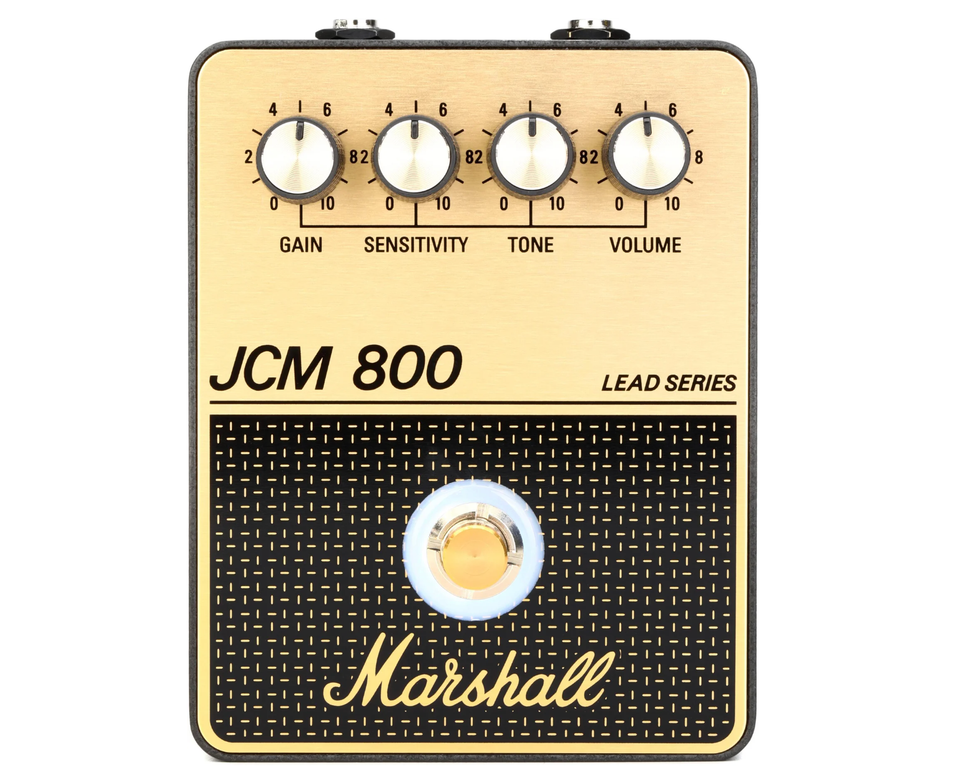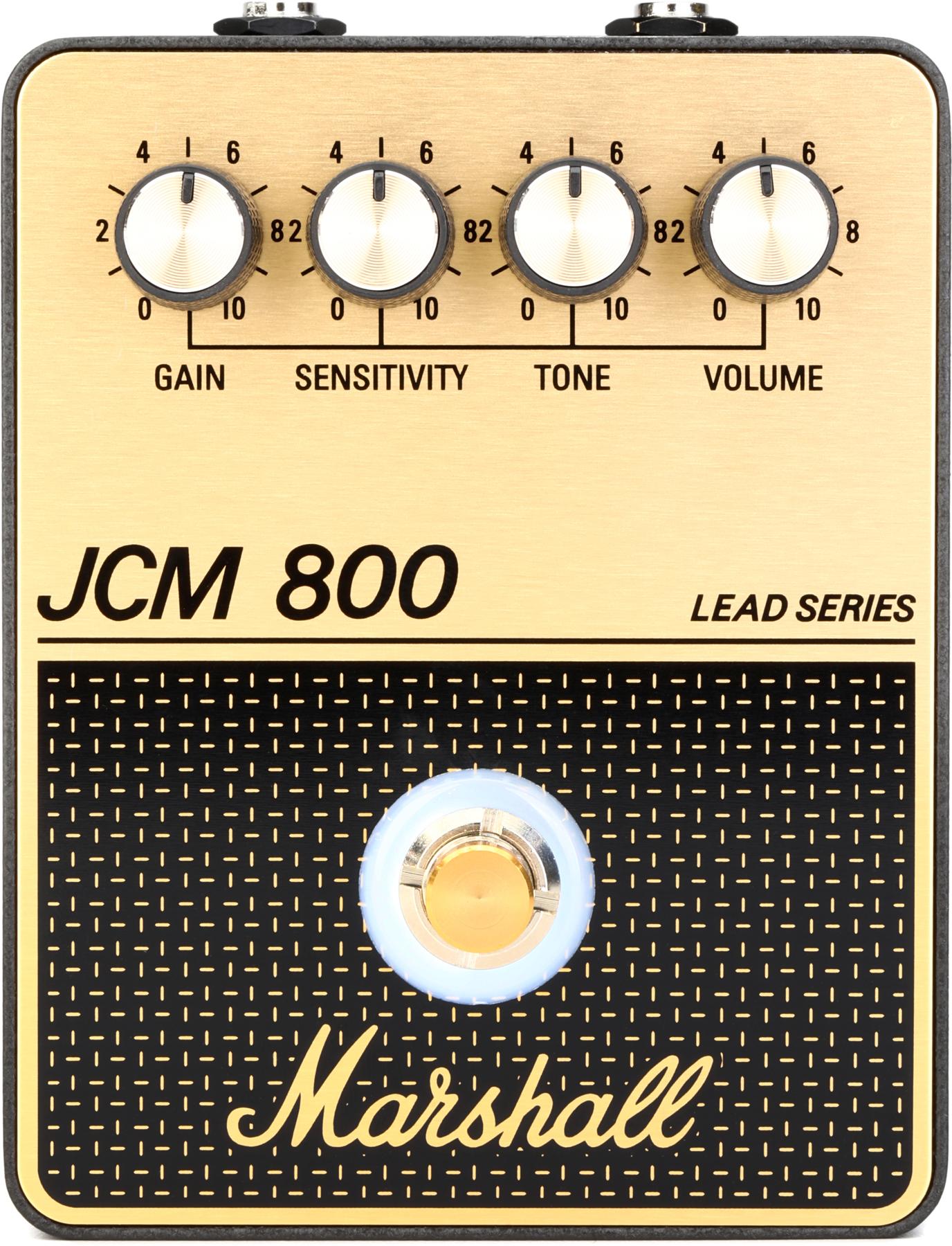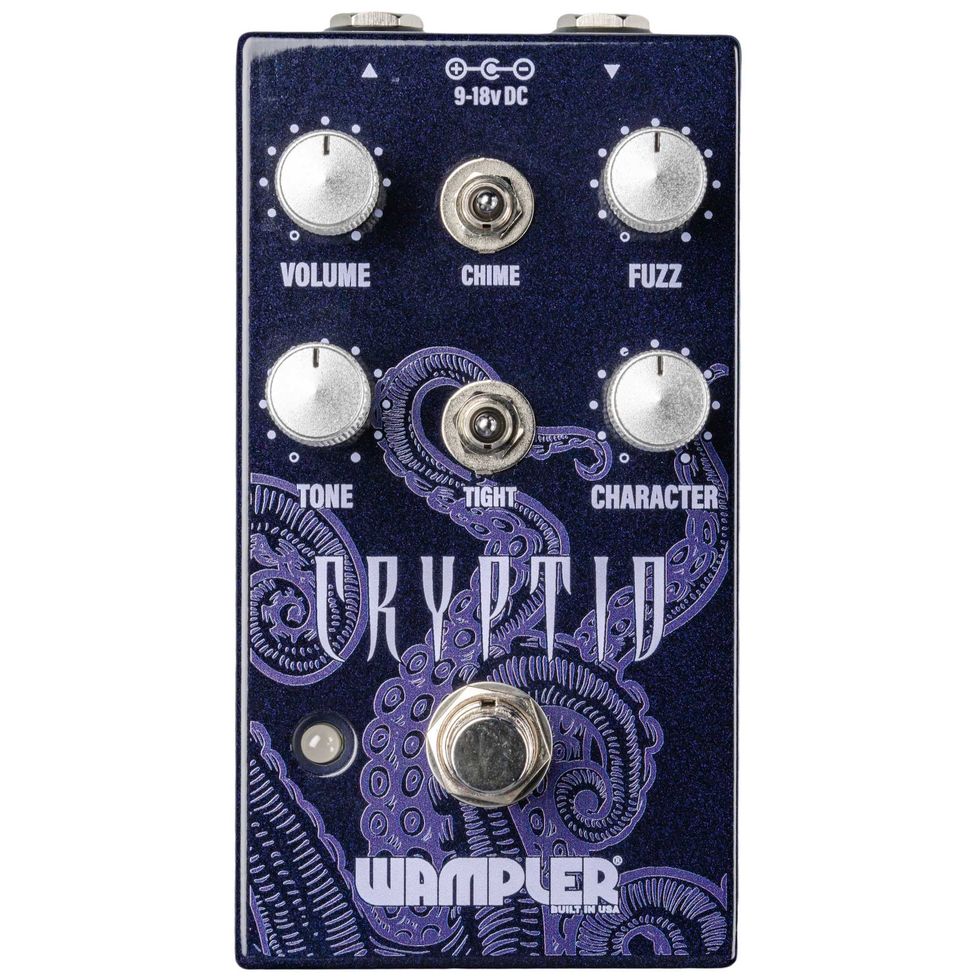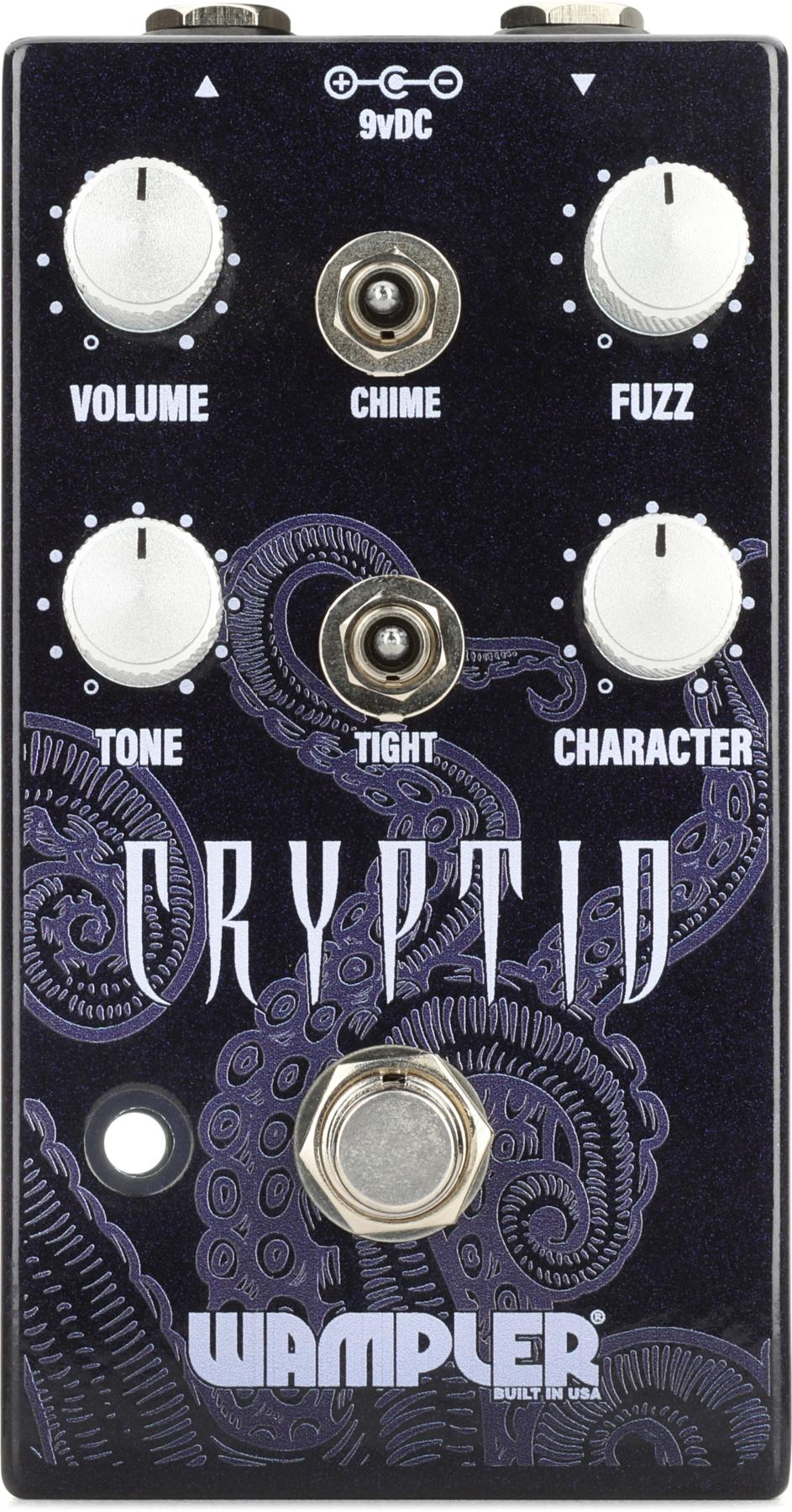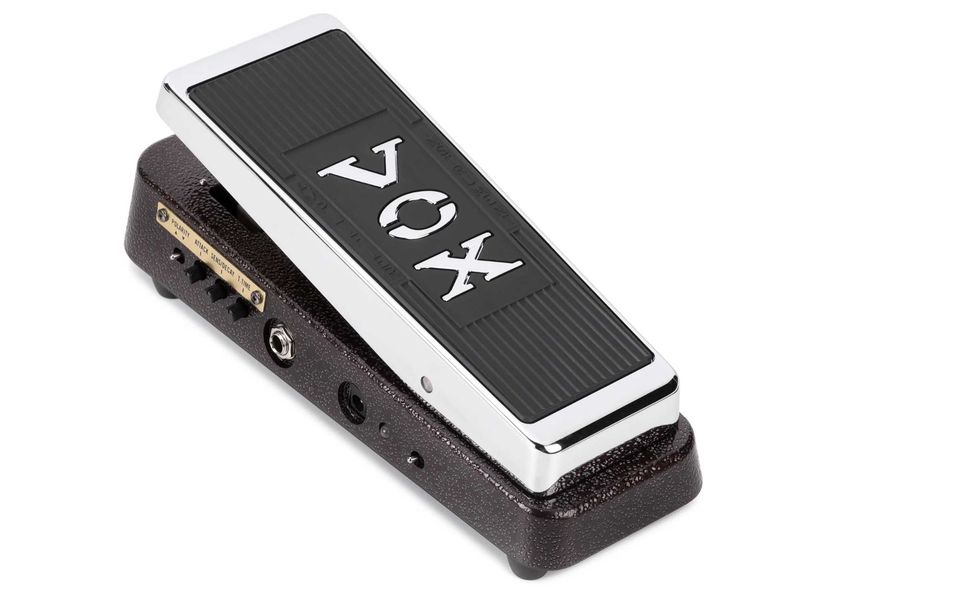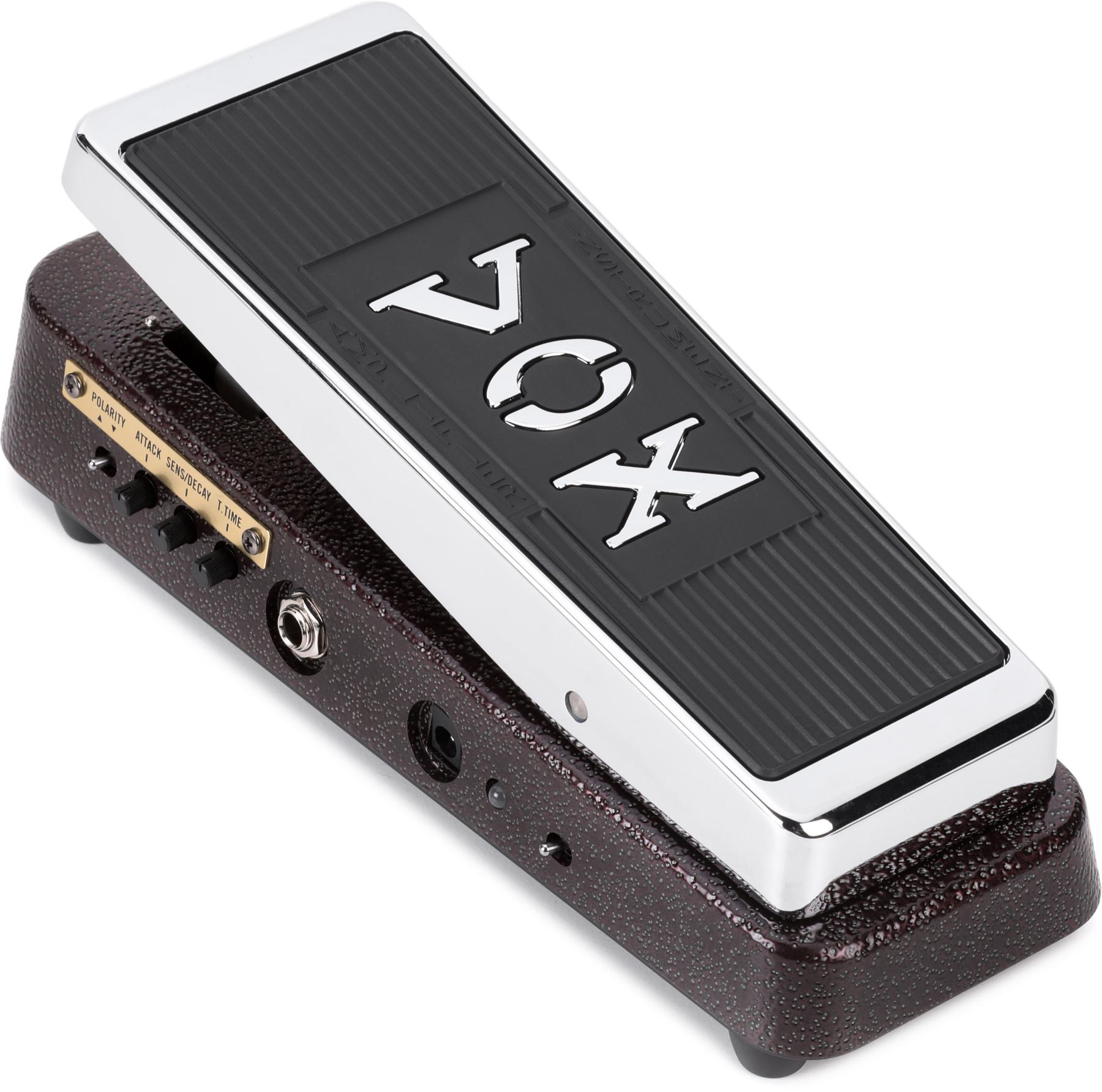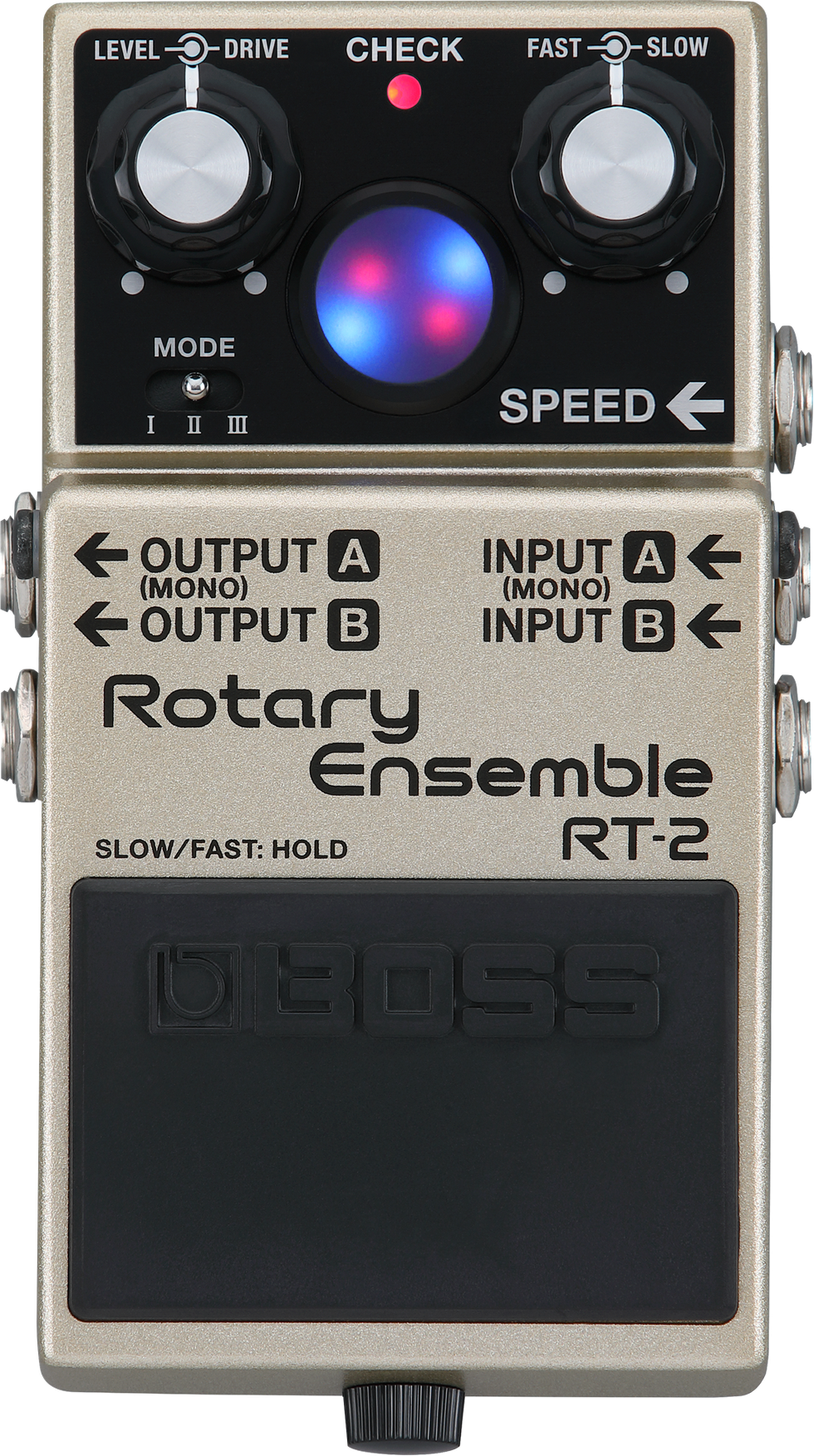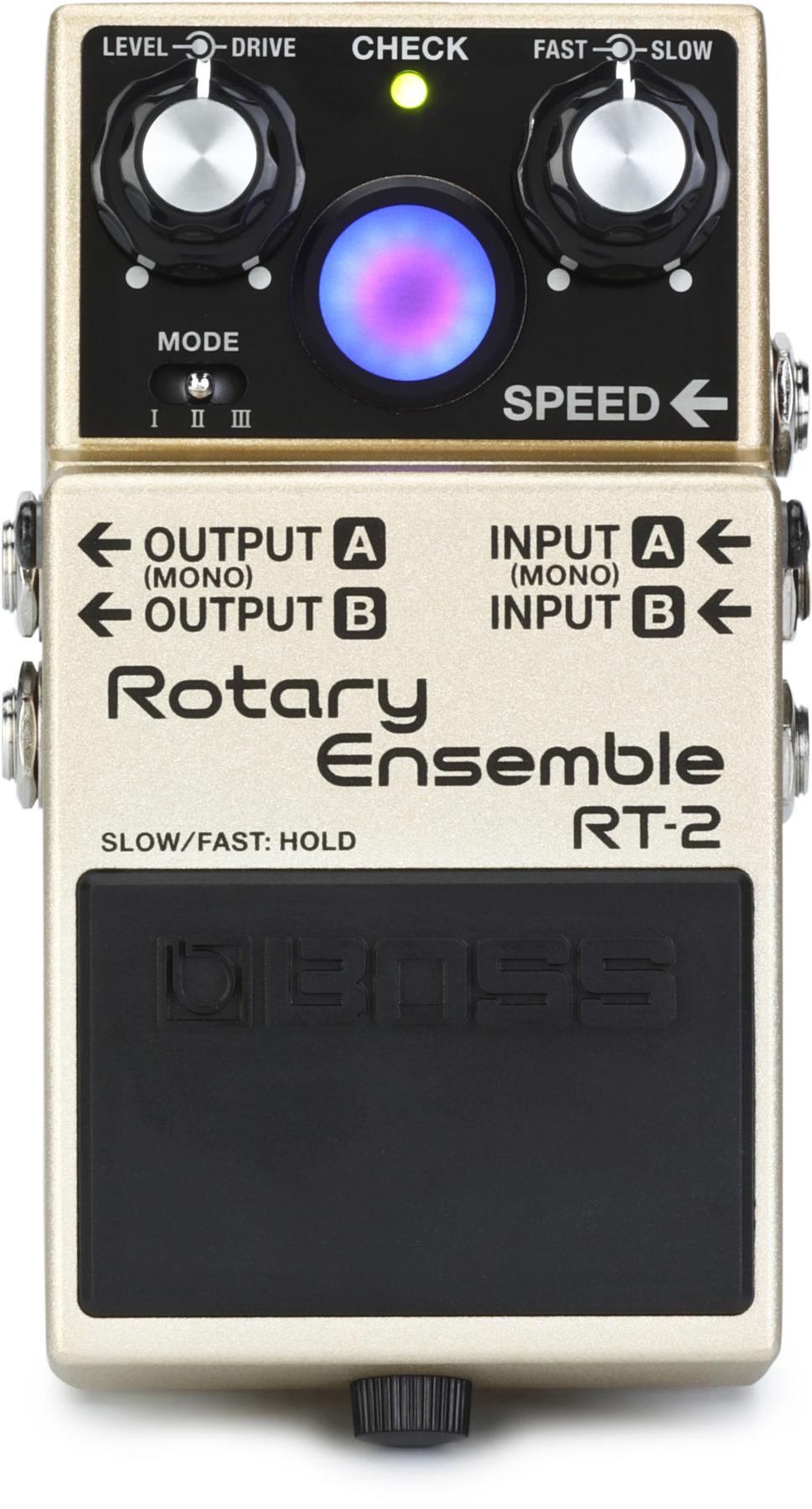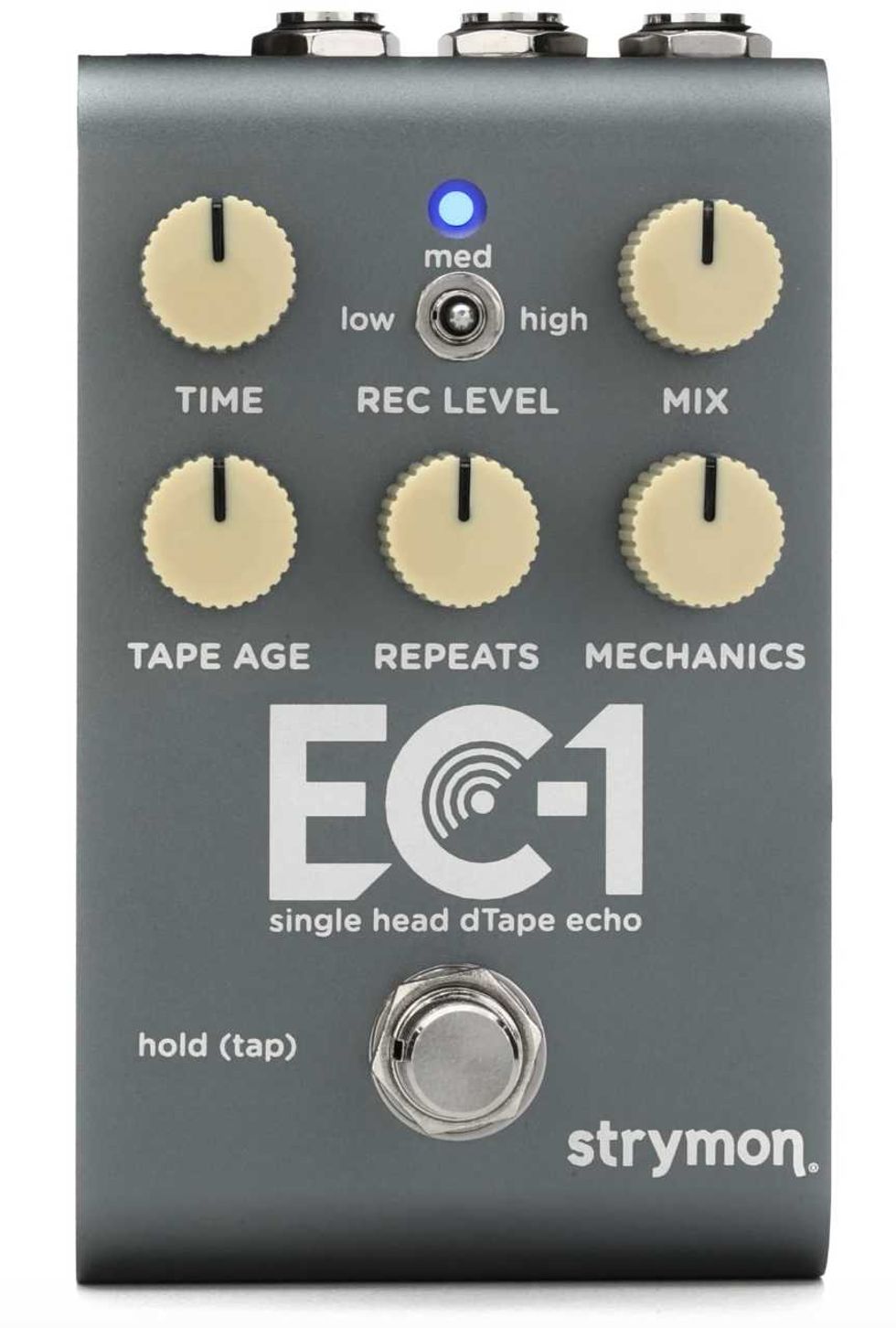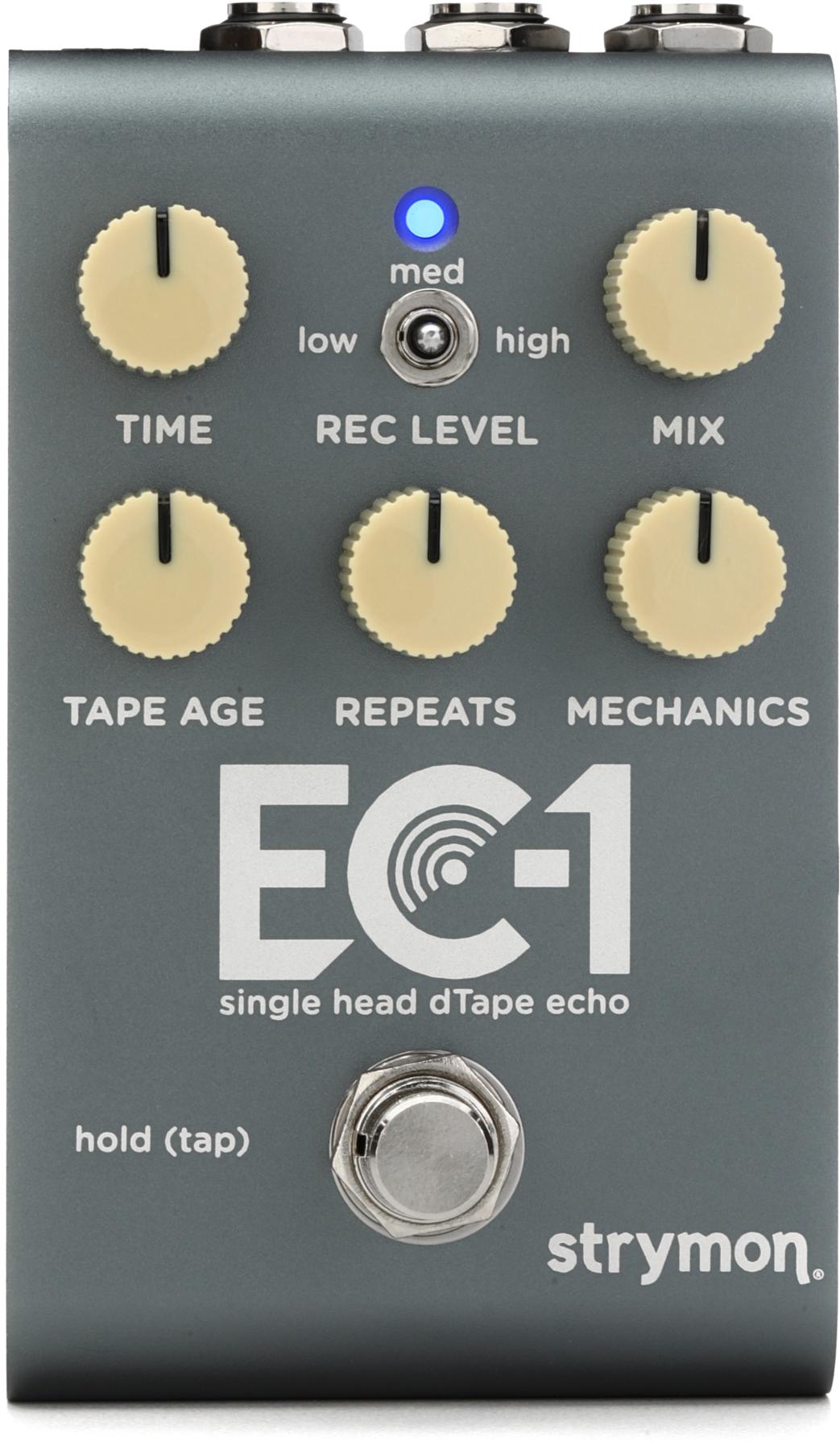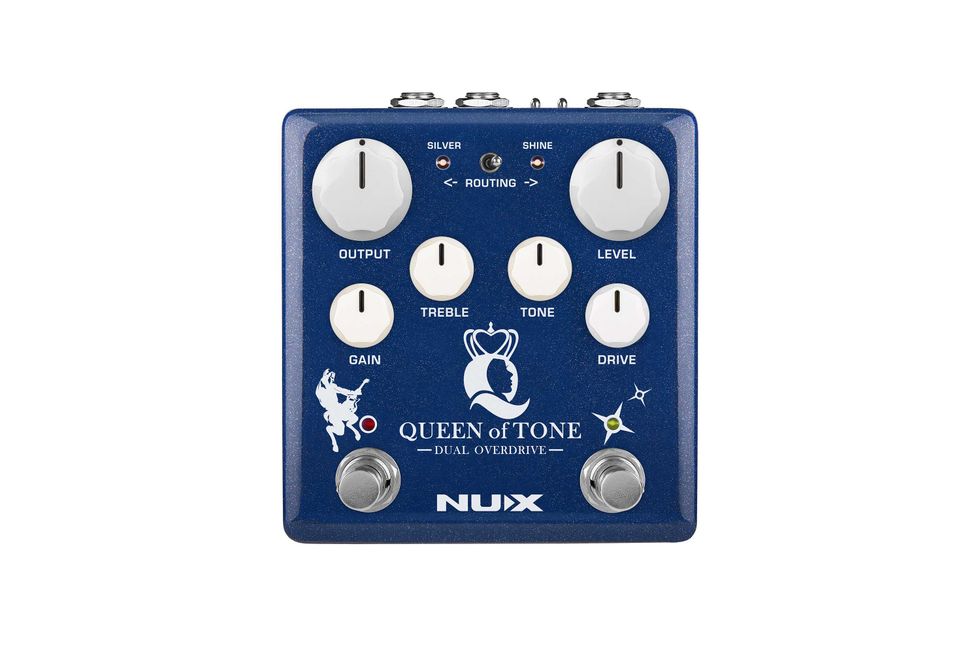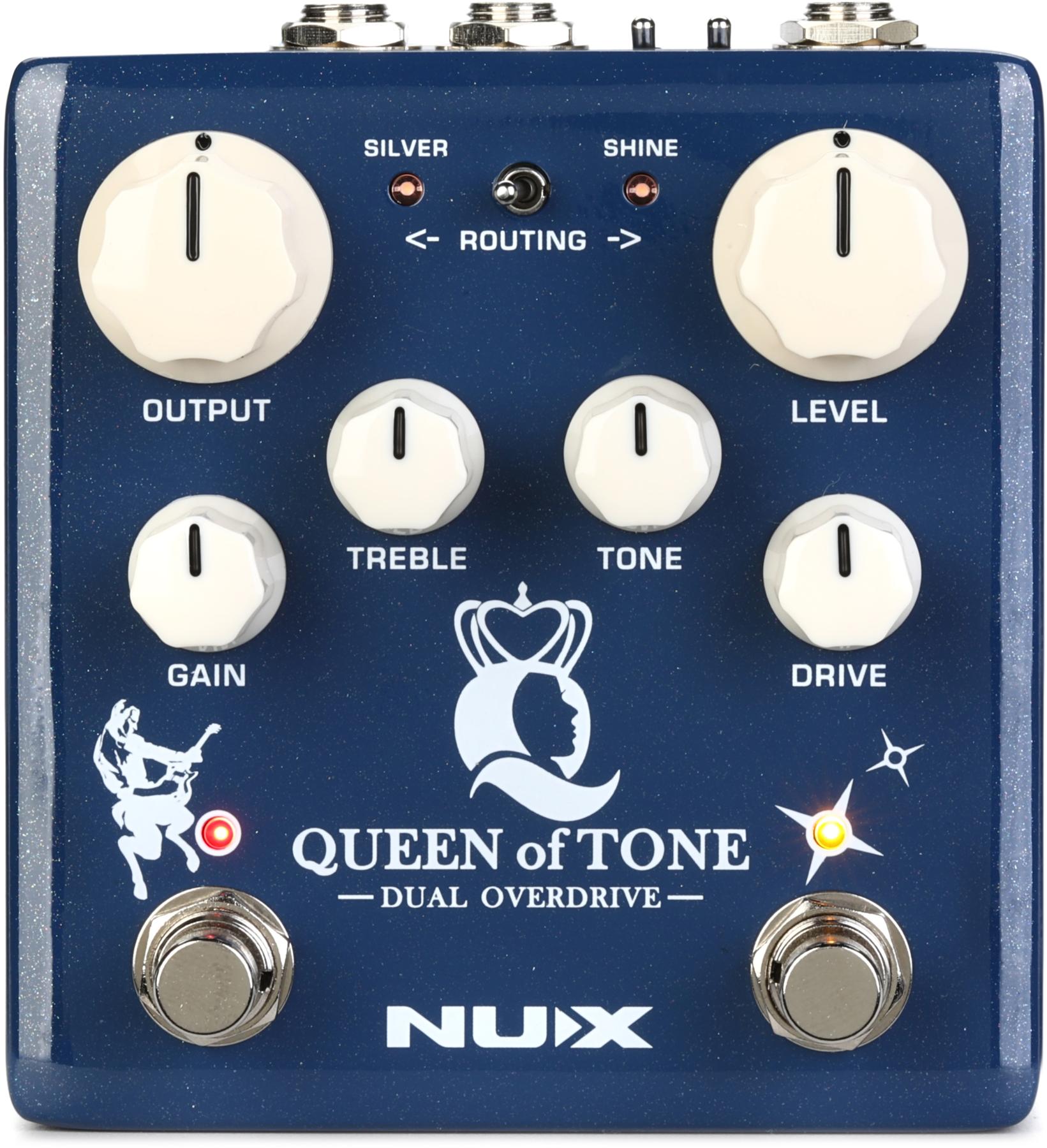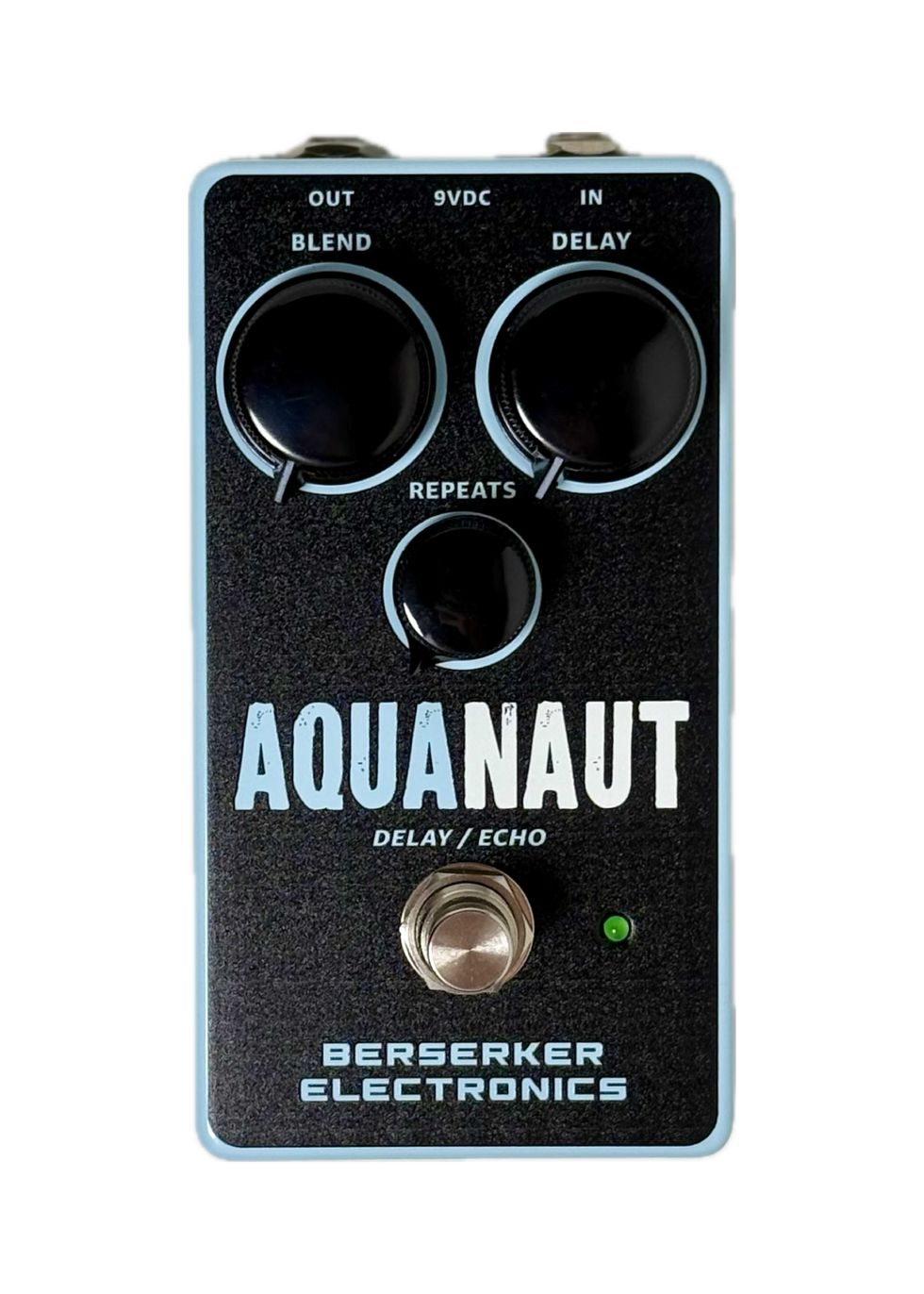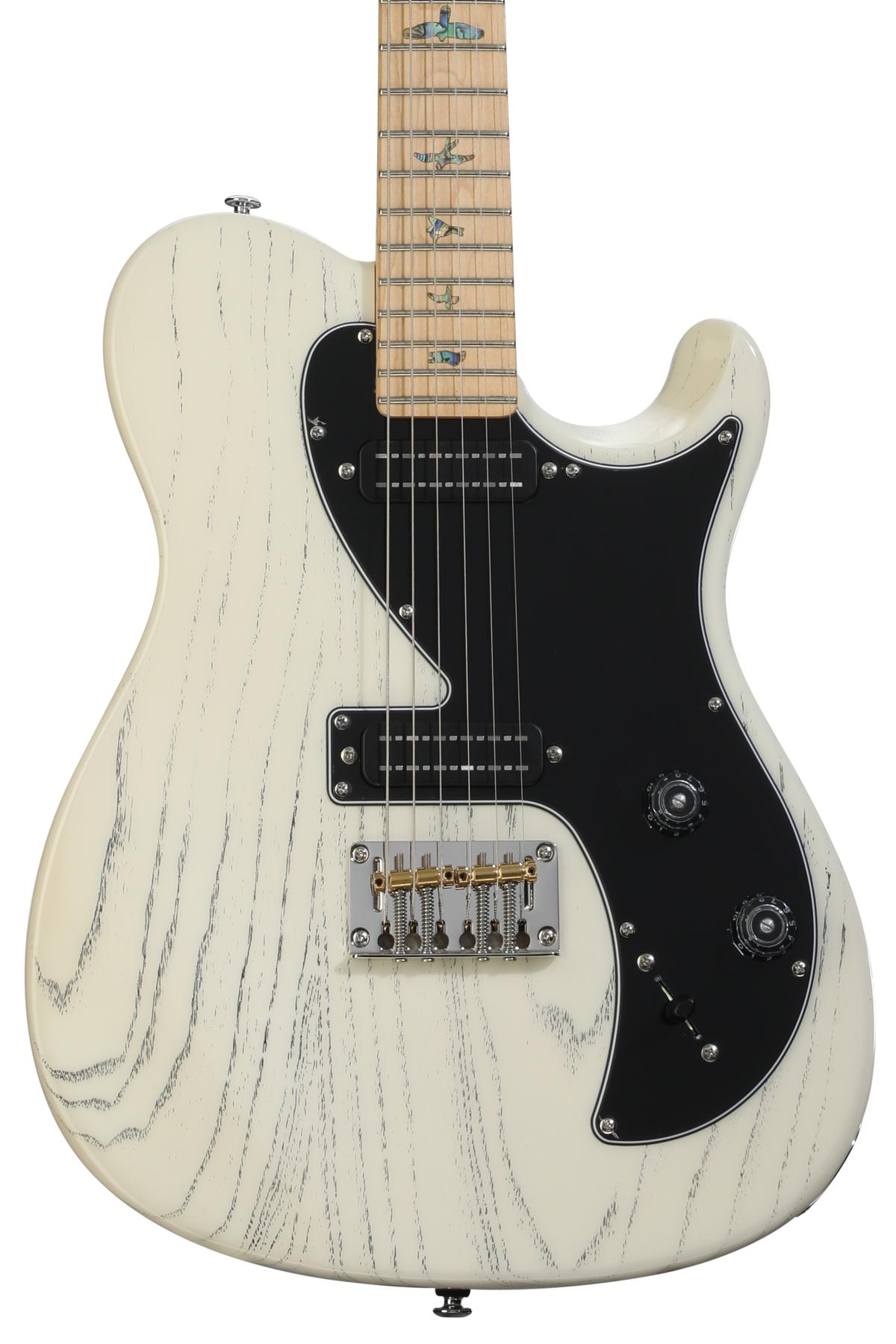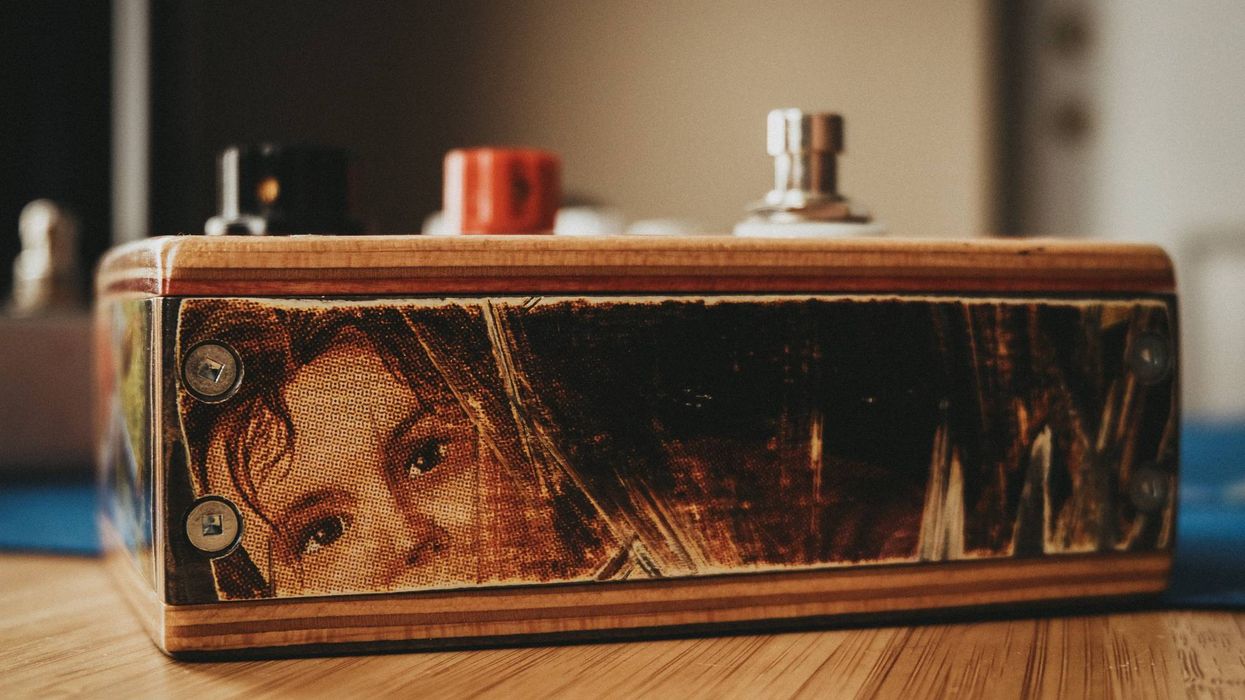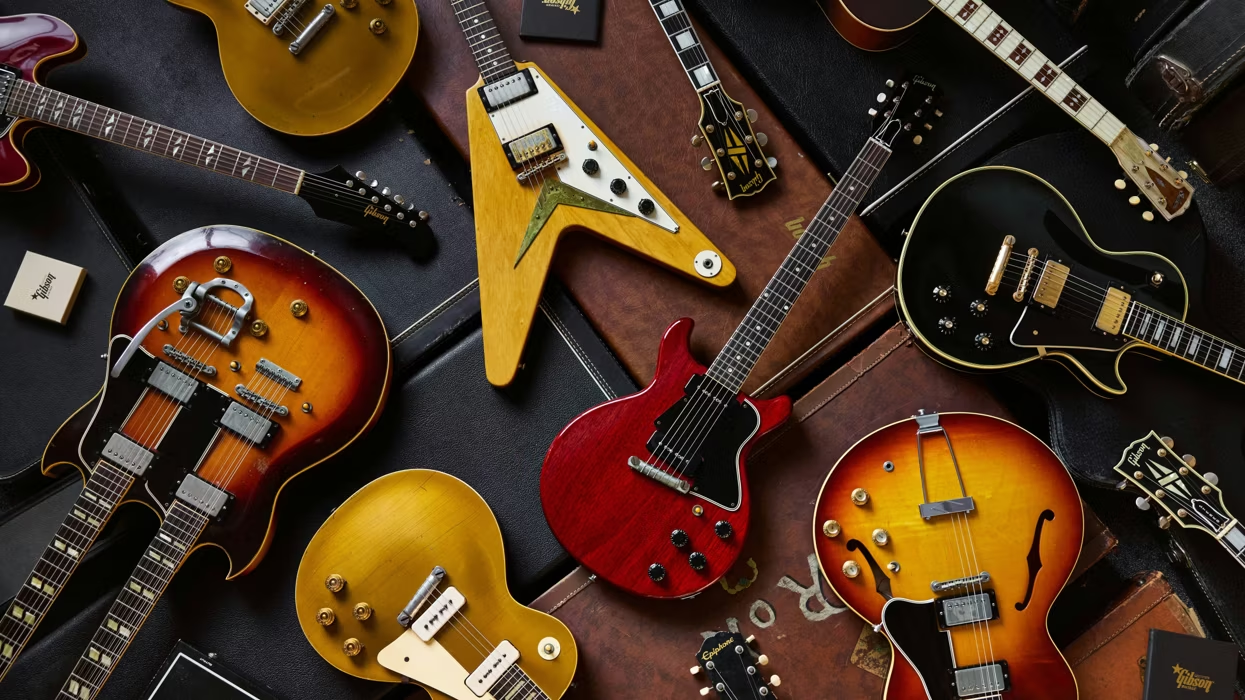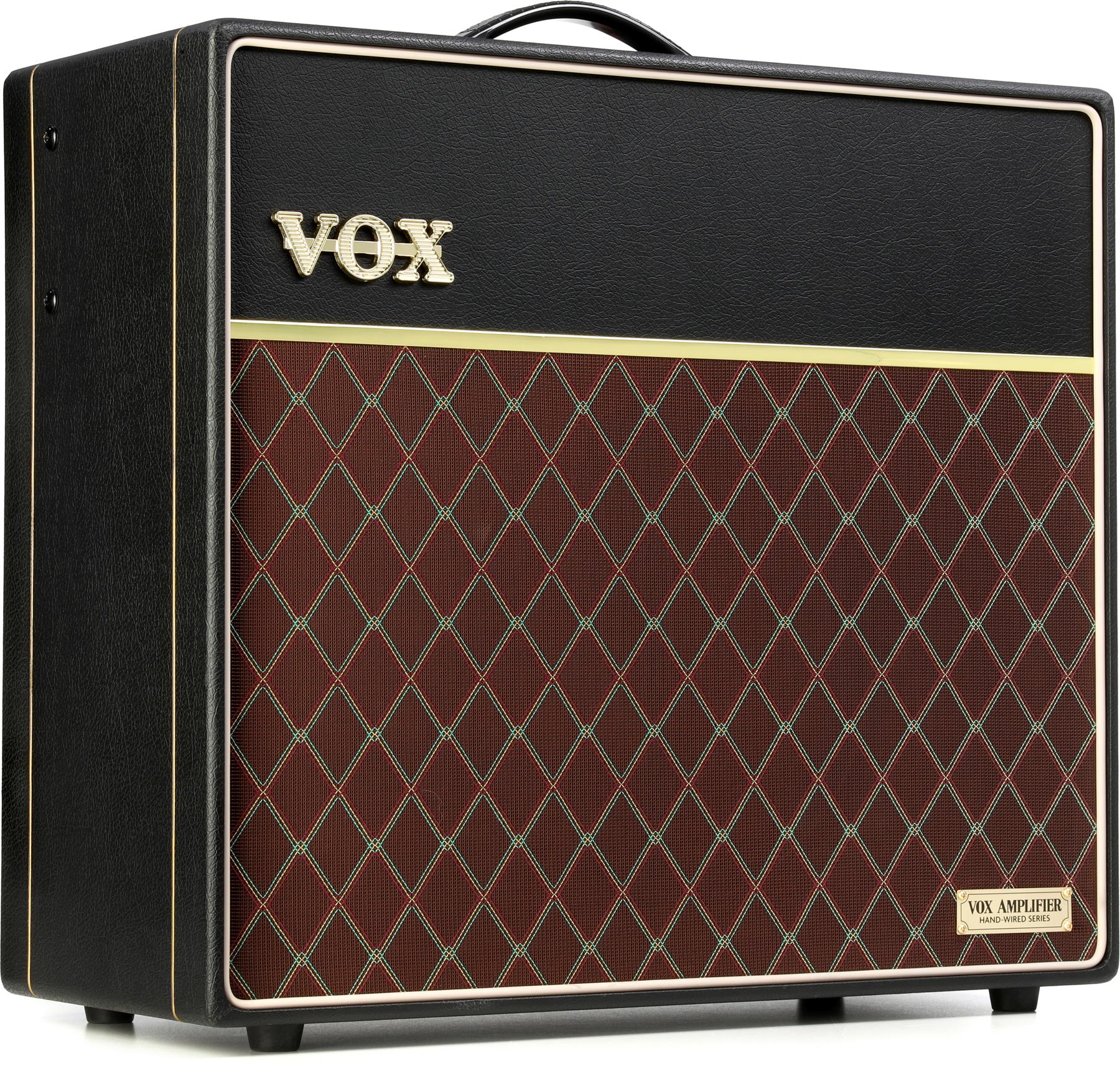Though I’ve never owned one, I’ve always thought the Guild S-100 Polara was super cool. Its riff on the Gibson SG profile—a little offset at the waist with asymmetric horns—always seemed a bit cheeky and appealed to my ’60s Fender sensibilities. Plus, it had that slick, slanted Guild tailpiece (and sometimes an even cooler Guild/Hagstrom vibrato) and those beautiful Guild HB-1 pickups. These elements appealed greatly to a contrarian kid like me.
Used S-100s were a great deal for a long time and attracted other guitarists with less cash and unconventional leanings—among them Pavement’s Steve Malkmus and revered homebrew psychedelicist Bobb Trimble. But none are more famously associated with the S-100 than Soundgarden’s Kim Thayil. Soundgarden’s rise in the 1990s probably had more than a little to do with the model’s reintroduction in the same decade. And were it not for Guild changing hands a few times in recent years, a signature version honoring Thayil probably would have come much sooner. At last, though, the Polara Kim Thayil is here—in a very limited run of 30 (very expensive) USA-built instruments, and the more readily available $899 Indonesia-built version reviewed here. It’s a solid, versatile guitar that readily speaks in voices other than de-tuned heaviness.
Fast Motor Finger
I’ve heard a few folks, including my colleague Zach Wish (who filmed our First Look video for this model) describe this Polara’s mahogany neck as “chunky.” Admittedly, that term leaves room for interpretation, but I think of chunky in terms of early 1950s Telecasters and Les Pauls. And though it can feel a bit wide at the shoulder—the source of chunky perceptions, perhaps—the Thayil Polara’s neck (which Guild calls a “vintage soft U”) is actually quite slim. In fact, it bears an uncanny resemblance to Gibson’s Slim Taper neck, which is actually a little thicker and less squared at the shoulder around frets 1 through 3. The Guild neck shares the same satisfying sense of grip as the slim taper shape up around the 12th fret, though, and on the whole it feels fast and made for ripping. Like the SG, the Polara’s neck also practically begs the player to indulge in Townshend-ian, neck-bending vibrato moves, though there is inevitably a little penalty to pay in terms of tuning stability if you get too enthused. The fretboard radius is a slightly-flatter-than-Gibson 12.5”, and big bends feel effortless right up to the 22nd fret, which, by the way, feels very accessible in spite of what looks like a very sturdy and substantial heel joint. The rosewood fretboard is a lovely piece of lumber, with subtle, pretty, undulating grain that is a nice organic contrast to the pearloid block inlay and the ivory-colored ABS binding.
”The 3-position bias switch can completely recast the sound, feel, and response of a given modulation setting as well as change the interactive dynamics of the controls.“
I’m not a big fan of gold hardware (at least until the plating wears down and takes on a warm glow). But here, against the gloss black polyurethane finish sprayed over the solid mahogany body, it actually looks quite subtle. The Grover Rotomatic 14:1 ratio tuners are, as always, an attractive, substantial-feeling addition to the hardware and feel smooth and accurate. There aren’t too many tuning machines I like more. Signature model signifiers, incidentally, are also subdued and classy—just a few bits of Soundgarden symbology on the truss rod cover and the pickup controls backplate.
More Than Mass
Kim Thayil is rightly associated with de-tuned Sabbath/Melvins chord thuggery. And his namesake Polara dishes such tones pretty effortlessly. Hook it up to a Sovtek Big Muff and drop-D riffs take on an almost comic sense of swagger. But thick chord tones are not the whole ball of wax. The alnico 2 bridge pickup (rated at 7.10k ohms of resistance) exhibits excellent string-to-string volume balance that lends it punch, but also makes it a great vehicle for jangly sounds. At times you can hear hints of a Rickenbacker Hi-Gain’s tight, ringing voice and it can be brilliantly bright. The alnico 2 neck pickup (rated at 7k ohms) is smooth and thick but retains a bit of the bridge pickup’s jangly personality. The combined voice is often the most satisfying of the three. Together, the pickups sound bright with just enough bass ballast to let a very balanced, widescreen overtone picture shine through. And like the bridge pickup setting, the two combined humbuckers sometimes surprise with how readily they pull in the direction of the Beatles rather than Black Sabbath. Cooler still, you can use the small toggle just forward of the treble volume control to put the two pickups out of phase. Depending on your pick attack and musical context, you can coax tones ranging from filtered, Jerry Garcia-with-wah snap-and-quack to Telecaster sting. The out-of-phase setting rules with fuzz, too—transforming that same Sovtek Big Muff into its super-focused and punkier mid-’60s alter ego. There is one quirk to the out-of-phase setting: Volume attenuation on either pickup can quickly turn those snarling sounds to less massive versions of the in-phase settings. Still, the ability to so totally transform the instrument’s voice with the flick of a little toggle is an endlessly fun source of flexibility.
Though the pickups yield many lovely sounds, there is a little midrange emphasis and haze around the edges that can make them sound a touch boxy, less airy, and a little less explosive compared to pickups like the alnico 5 ’60s Burstbuckers in the Gibson SG I kept at hand for comparison. But for pickups in an $899 instrument, they are lively and have ample personality.
The Verdict
When you listen to the first few Soundgarden records, you hear a lot of punchy, midrange-y tones that remind you that Kim Thayil (who, among other things, had an interest in jangly Paisley Underground bands) is about more than thick, mega-massive, woofer-busting hugeness. Fittingly, his signature Polara similarly reminds you that there is more to the mahogany-solidbody-and-humbuckers formula than rock writ large. The Thayil Polara is just as happy playing the part of George Harrison’s or Peter Buck’s guitar as it is slinging slabs of leaden grunge. It’s a great value for that multifacetedness.




